The Complete Horseman’s Guide to Hoof Health
Every experienced horseman knows the truth behind the old saying “no hoof, no horse.” This simple phrase captures one of the most fundamental principles of equine care: without healthy hooves, even the most athletic, well-trained, and spirited horse becomes unable to perform, compete, or even move comfortably. The hoof is quite literally the foundation upon which everything else in your horse’s physical wellbeing rests.
Consider this remarkable structure for a moment. Each hoof must bear hundreds of pounds of weight while absorbing the tremendous impact forces generated when a 1,200-pound animal moves at speed across varied terrain. The hoof wall grows continuously throughout a horse’s life, self-maintaining and adapting to the demands placed upon it. Yet despite this incredible engineering, hooves remain vulnerable to injury, disease, and the consequences of poor management decisions.
The difference between a horse that enjoys a long, sound career and one plagued by lameness issues often comes down to the daily choices we make as caretakers. From the footing in their stalls to the frequency of hoof picking, from nutritional decisions to farrier scheduling, every aspect of horse management either supports or undermines hoof health. The good news is that most hoof problems are entirely preventable with proper knowledge and consistent care.
Unfortunately, hoof care remains one of the most misunderstood aspects of horse ownership. Myths persist, well-meaning but misguided advice circulates, and many horse owners rely on outdated practices that can actually harm the very hooves they’re trying to protect. Some believe that harder hooves are always better, others think that certain “miracle” products can solve deep-seated problems overnight, and still others assume that professional farrier care alone is sufficient to maintain hoof health.
This comprehensive guide cuts through the confusion to provide you with evidence-based, practical information that will help you become your horse’s first line of defense against hoof problems. Whether you’re a weekend trail rider, a competitive equestrian, or a professional horseman, the principles and practices outlined here will serve you and your horses throughout your partnership together.
We’ll begin by exploring the fascinating anatomy of the hoof, helping you understand not just what each structure looks like, but how it functions and why it matters. From there, we’ll dive into the practical skills every horse owner needs: how to recognize the early signs of problems, how to establish effective daily care routines, and how to create an environment that naturally supports hoof health. You’ll also learn when to tackle issues yourself and when to call in professional help, potentially saving both your horse’s soundness and your financial resources.
By the end of this guide, you’ll have the knowledge and confidence to take a proactive approach to your horse’s hoof health, moving beyond reactive crisis management to true preventive care. Your horse’s hooves will thank you, and you’ll enjoy the peace of mind that comes from knowing you’re providing the best possible foundation for your equine partner’s health and performance.
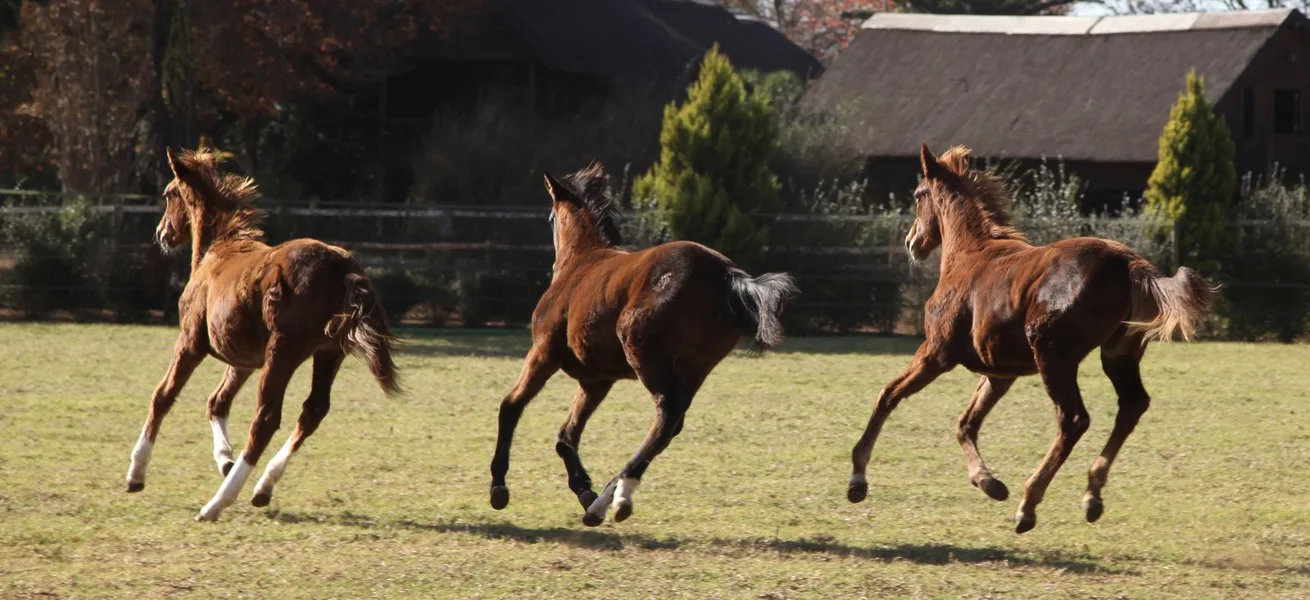
Chapter 1: Anatomy of the Hoof
Understanding hoof anatomy is essential for every horse owner, not just professionals. When you know how each structure functions and contributes to the whole, you can make informed decisions about care, recognize problems early, and communicate effectively with your farrier and veterinarian.
The External Architecture
The structures you can see when you pick up your horse’s hoof each tell a story about your horse’s health, management, and recent activity. The hoof wall forms the primary weight-bearing structure, growing continuously from the coronet band downward at a rate of approximately one-quarter to three-eighths of an inch per month. This means it takes roughly eight to twelve months for the hoof wall to grow from coronet to ground surface, making consistency in care crucial for long-term hoof quality.
The hoof wall isn’t uniform in thickness or angle around the hoof. The toe wall is typically the thickest and straightest, while the quarters (sides) gradually thin and curve inward toward the heels. The heel bulbs at the back of the hoof provide cushioning and expand with each step, playing a critical role in circulation and shock absorption.
The sole covers the bottom of the hoof and should be naturally concave, creating an arch that helps distribute weight to the hoof wall rather than bearing it directly. A healthy sole has a slightly waxy appearance and shows some flaking as old sole sheds away. The frog, that V-shaped structure pointing toward the toe, serves multiple vital functions: it acts as a shock absorber, helps with traction, and most importantly, pumps blood back up the leg with each step through expansion and contraction.
The white line, visible as a light-colored band between the sole and hoof wall, represents the junction where these structures bond together. This seemingly insignificant line is actually one of the most important diagnostic areas of the hoof, as separation or discoloration here often indicates problems developing inside the hoof capsule.
The Hidden Foundation
Beneath these visible structures lies a complex network of bones, cartilages, ligaments, and soft tissues that make the hoof far more than just a simple protective covering. The coffin bone (third phalanx) sits inside the hoof capsule like a hand in a glove, its shape roughly mirroring the hoof wall. This bone bears the horse’s full weight and must maintain proper alignment within the hoof capsule for soundness.
Behind and slightly above the coffin bone sits the small, boat-shaped navicular bone, which acts as a fulcrum for the deep digital flexor tendon. This area experiences enormous pressure with each step, making it vulnerable to injury and degeneration. The health of the navicular apparatus depends heavily on proper hoof balance and adequate blood flow.
The digital cushion fills much of the space in the back portion of the hoof, providing shock absorption and supporting the heel bulbs. This fibro-elastic structure becomes more developed and effective with regular exercise on varied terrain, while horses kept in soft footing often have under-developed digital cushions that provide less protection.
Perhaps most remarkably, the hoof contains an extensive network of blood vessels that form intricate patterns throughout the structures. The laminae are hundreds of finger-like projections that interlock the coffin bone with the hoof wall, somewhat like velcro. These laminae contain dense networks of blood vessels and are the site where devastating conditions like laminitis occur when circulation becomes compromised.
The Hoof as a Circulatory Pump
One of the most fascinating aspects of hoof anatomy is how the entire structure functions as a circulatory pump. Horses have no muscles below their knees and hocks, so they rely on the alternating expansion and contraction of the hoof with each step to pump blood back up their legs against gravity. When the hoof contacts the ground, the frog and heel bulbs expand, the digital cushion compresses, and blood is squeezed out of the vessels like wringing a sponge. As the hoof lifts and returns to its resting shape, fresh blood is drawn back into the area.
This pumping mechanism explains why movement is so critical to hoof health. Horses confined to stalls for extended periods often develop poor circulation in their feet, leading to a host of problems including slow healing, increased susceptibility to infection, and compromised hoof quality. It also explains why proper frog contact with the ground is essential – a frog that doesn’t bear weight can’t perform its pumping function effectively.
Understanding this anatomy helps explain many aspects of hoof care that might otherwise seem arbitrary. The reason we avoid cutting away healthy frog material, the importance of maintaining heel height, the need for regular exercise, and the relationship between hoof balance and soundness all become clear when you understand how these structures work together as an integrated system.
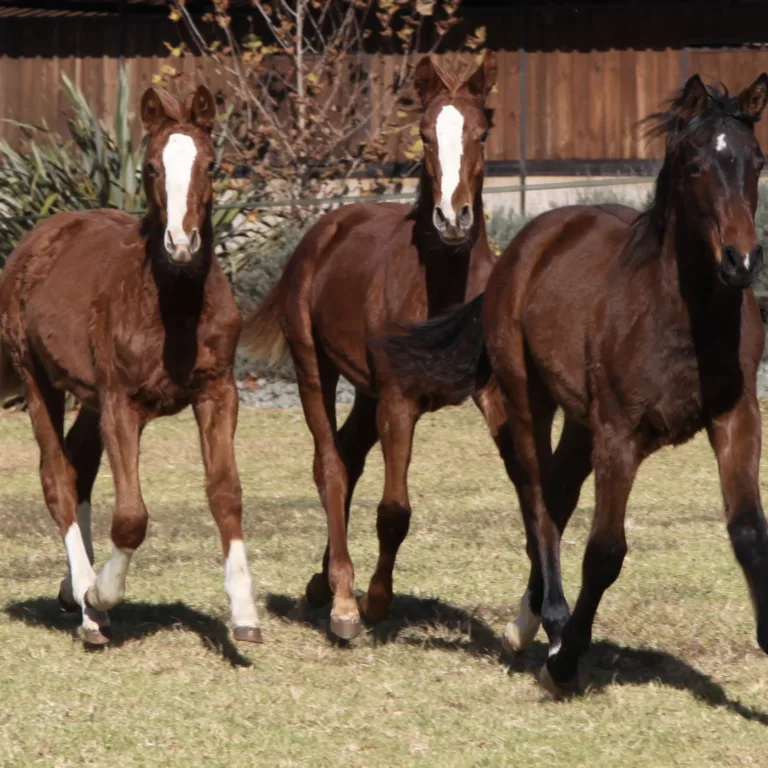
Chapter 2: Signs of Healthy vs. Unhealthy Hooves
Learning to assess hoof health accurately is one of the most valuable skills you can develop as a horse owner. Many serious problems begin with subtle changes that are easily overlooked by the untrained eye, while other dramatic-looking conditions may be relatively minor. Developing a systematic approach to hoof evaluation will help you catch problems early when they’re most treatable.
Characteristics of Healthy Hooves
A healthy hoof has a distinctive appearance and feel that becomes recognizable with experience. The hoof wall should have a smooth, slightly glossy surface free from horizontal rings, vertical cracks, or flaking. While some horses naturally have more prominent growth rings than others, dramatic ridges or sudden changes in ring patterns often indicate periods of stress, illness, or management changes.
The wall should maintain consistent thickness around the hoof, with no areas of obvious thinning or bulging. When viewed from the front, the hoof should appear symmetrical, with the coronet band forming a gentle curve that’s highest at the toe and slopes evenly toward the heels. From the side, a healthy hoof angle typically ranges from 50-54 degrees for the front feet and 55-60 degrees for the hinds, though individual horses may vary slightly from these ideals.
The sole of a healthy hoof appears slightly waxy or chalky, with a natural concavity that’s most pronounced toward the toe. You should see some evidence of natural sole shedding – small flakes or chips of dead sole material coming away during picking or cleaning. The sole should not be flat or convex (dropped), extremely hard and dry, or soft and crumbly. Color varies widely among horses, from nearly white to dark gray or black, and is largely determined by genetics rather than health status.
A healthy frog is perhaps the most reliable indicator of overall hoof health. It should be firm but slightly yielding to pressure, with a rubbery texture similar to a pencil eraser. The central sulcus (the groove running down the middle) should be shallow and clean, while the lateral sulci (grooves on either side) should be relatively dry and free from black, smelly discharge. The frog should make up roughly 25% of the sole surface and extend back to form well-developed heel bulbs.
The white line in a healthy hoof appears as a clean, light-colored band of uniform width around the perimeter of the sole. It should be tight and well-connected, with no areas of separation, widening, or dark discoloration. This junction between sole and wall is one of the first places problems become visible, making it an important diagnostic area.
Red Flags: When to Be Concerned
Certain signs should always prompt immediate attention, as they may indicate serious problems developing. Heat in the hooves, detected by feeling around the hoof wall and comparing temperatures between feet, often signals inflammation or infection. While slight warmth after hard work on hot days is normal, persistent heat or heat in only one foot warrants investigation.
Strong digital pulses – the arteries you can feel on either side of the pastern just above the hoof – indicate increased blood flow to the area and often accompany inflammation. Learning to locate and assess these pulses is crucial, as they often increase before other symptoms become apparent.
Any asymmetry between paired feet should raise concern. This includes differences in size, shape, hoof angle, heel height, or the horse’s stance. While horses naturally have slight variations between feet, dramatic differences often indicate chronic problems or compensation patterns.
Discharge of any kind from the hoof requires attention. Black, foul-smelling material from the frog sulci suggests thrush, while any pus or bloody discharge may indicate a more serious infection or abscess. Even clear or slightly cloudy discharge can be significant if it persists.
Cracks in the hoof wall vary widely in significance. Small, shallow surface cracks are often cosmetic, while deep cracks that extend up from the ground surface or down from the coronet can compromise structural integrity. Any crack that shows signs of movement, bleeding, or discharge should be evaluated professionally.
Changes in the white line are often early indicators of problems. Widening, separation, or dark discoloration in this area may signal white line disease, laminitis, or abscess formation. These changes often appear weeks or months before other symptoms develop.
Subtle Signs That Matter
Many significant hoof problems announce themselves through subtle changes that are easily missed. Gradual changes in hoof shape – a toe that seems to be getting longer, heels that appear to be migrating forward, or a hoof that’s becoming more upright or flatter – often indicate developing imbalances that will eventually cause lameness.
Changes in sole depth are particularly important. A sole that becomes flatter over time may indicate internal damage to supporting structures, while an increasingly concave sole might suggest excessive trimming or environmental factors affecting hoof growth.
Altered growth patterns in the hoof wall can reveal systemic problems. Rings that suddenly become more prominent, changes in the quality or color of new growth at the coronet, or variations in growth rate between feet all provide valuable diagnostic information.
Behavioral changes often accompany developing hoof problems before obvious lameness appears. A horse that becomes reluctant to move out freely, starts landing toe-first instead of heel-first, or seems “pottery” or careful on hard surfaces may be experiencing discomfort that isn’t yet obvious to casual observation.
When Professional Help Is Needed
Certain situations always require professional evaluation. Acute lameness of any severity should prompt immediate veterinary consultation, particularly if accompanied by heat, swelling, or digital pulses. Suspected abscesses – indicated by sudden severe lameness, often with the horse barely willing to put weight on the affected foot – require prompt attention to prevent complications.
Any puncture wound to the sole, regardless of how minor it appears, should be evaluated by a veterinarian. The risk of infection tracking into deeper structures makes these injuries potentially serious, even when the initial wound seems insignificant.
Chronic or recurring problems that don’t respond to basic treatment warrant professional diagnosis. This includes persistent thrush, recurring abscesses, or ongoing lameness issues that seem to improve and then return.
Remember that your daily observations are invaluable to your veterinarian and farrier. Keeping notes about changes you observe, when they first appeared, and any factors that seem to make them better or worse provides crucial diagnostic information that can lead to more effective treatment plans.
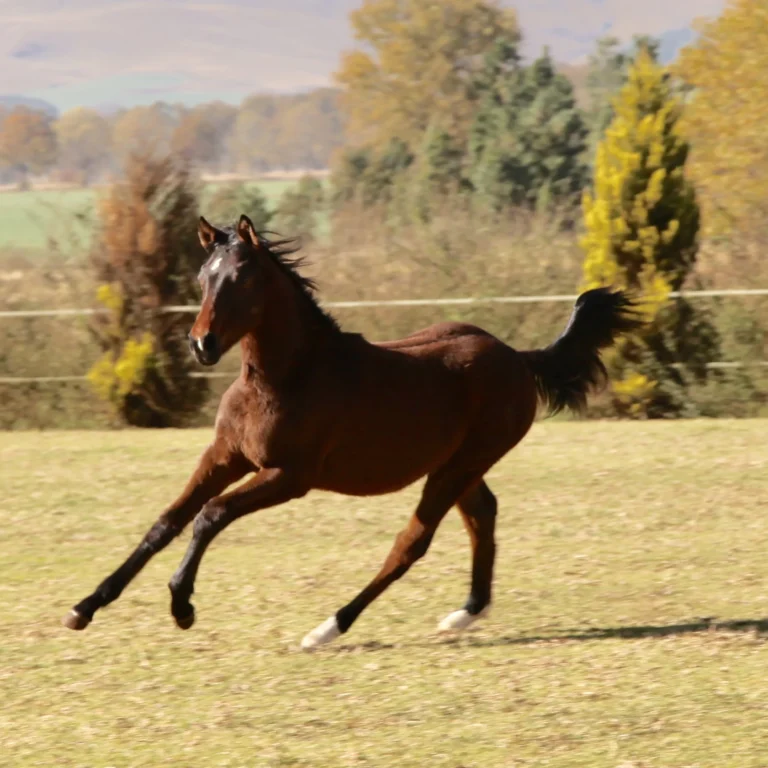
Chapter 3: Common Hoof Problems
Understanding the most frequently encountered hoof problems helps you recognize issues early and take appropriate action. While some conditions require immediate professional intervention, others can be managed effectively with proper knowledge and consistent care. The key is learning to distinguish between minor issues you can handle and serious problems that need expert attention.
Thrush and Bacterial Infections
Thrush is arguably the most common hoof problem horse owners encounter, yet it’s also one of the most preventable. This bacterial infection primarily affects the frog, particularly the central and lateral sulci (grooves), creating the characteristic black, foul-smelling discharge that most horse owners learn to recognize quickly.
Thrush thrives in anaerobic (oxygen-free) environments, which is why it’s most common in horses kept in wet, dirty conditions. However, it can also develop in horses with contracted heels or deep sulci that trap debris and exclude air. The bacteria literally digest the frog tissue, creating progressively deeper pockets that become increasingly difficult to clean and treat.
Early-stage thrush may produce only mild odor and slight black staining in the sulci. As it progresses, the discharge becomes more profuse and malodorous, and the infection may extend deeper into the frog tissue. Advanced cases can undermine the entire frog structure and even penetrate to sensitive tissues beneath, causing significant lameness.
Treatment begins with thorough cleaning and removal of all loose, infected tissue. This often requires careful work with a hoof knife to expose healthy tissue, though owners should be conservative in what they attempt to remove themselves. Daily cleaning with appropriate antimicrobial products, combined with improved environmental management, typically resolves most cases within one to two weeks.
Prevention focuses on maintaining clean, dry footing and ensuring adequate frog contact with the ground to promote natural cleaning. Regular hoof picking that includes thorough cleaning of the sulci is essential, particularly for horses in wet climates or muddy paddocks.
Abscesses: The Great Mimicker
Hoof abscesses cause some of the most dramatic lameness episodes horse owners witness, often creating sudden, severe pain that can make horses completely non-weight-bearing on the affected limb. The intense pain often leads owners to fear the worst, when in reality, most abscesses resolve completely with proper treatment.
Abscesses form when bacteria penetrate the hoof capsule, often through tiny cracks in the white line, small sole bruises, or nail punctures. Once inside, bacteria multiply in the enclosed space, creating pressure that causes severe pain. The body’s immune response attempts to wall off the infection, but this can actually increase pressure and pain until the abscess finds a way to drain.
The classic presentation involves sudden onset of severe lameness, often overnight. The horse may have strong digital pulses, heat in the affected hoof, and may hold the foot in the air or barely touch it to the ground. Some horses develop swelling up the leg, which can be alarming but often indicates the body’s normal inflammatory response.
Most abscesses eventually rupture and drain on their own, typically at the coronet band or through the sole. However, veterinary treatment can significantly reduce the time to resolution and the horse’s discomfort. Treatment often involves locating and opening the abscess tract, allowing proper drainage, and protecting the area while it heals.
The key to managing abscesses is understanding that they need to drain to resolve. Soaking the foot in warm water with Epsom salts can help draw the abscess to a head, while bandaging keeps the area clean and protected. Most abscesses resolve within a few days to a week once proper drainage is established.
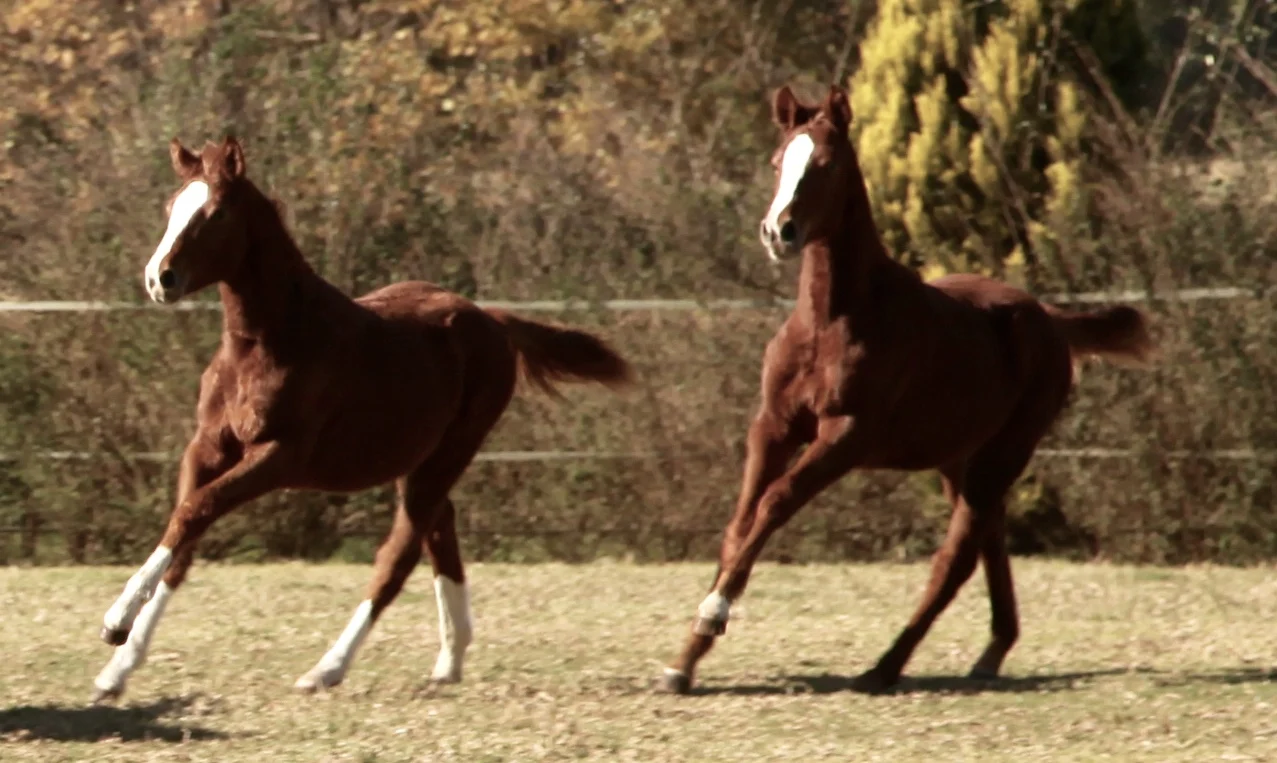
Structural Issues: Cracks and Chips
Hoof cracks range from minor cosmetic issues to serious structural problems that can end careers. Understanding the different types and their significance helps determine appropriate treatment approaches.
Superficial cracks affect only the outer layers of the hoof wall and typically result from environmental factors like excessive drying or minor trauma. These rarely cause lameness and often grow out without intervention, though addressing underlying causes prevents recurrence.
Deep cracks extend through the full thickness of the hoof wall and can allow bacteria to penetrate to sensitive structures. These may cause intermittent lameness, particularly on hard surfaces, and typically require professional repair to prevent progression.
Toe cracks usually start at the ground surface and work upward, often resulting from long toes or excessive leverage forces. Quarter cracks occur at the sides of the hoof and may be associated with imbalanced feet or conformational issues. Heel cracks can be particularly problematic as they occur in an area of significant movement and flexibility.
Treatment approaches vary widely depending on the crack’s location, depth, and underlying cause. Simple environmental management may suffice for minor cracks, while severe cases might require surgical repair, specialized shoeing, or extended rest periods.
Laminitis: The Career Ender
Laminitis represents one of the most serious hoof conditions, involving inflammation of the laminae that connect the coffin bone to the hoof wall. When severe, this inflammation can progress to founder, where the coffin bone actually rotates or sinks within the hoof capsule, often ending the horse’s useful career.
Laminitis has multiple causes, including metabolic disorders (particularly insulin resistance), excessive grain consumption, retained placenta in mares, and prolonged weight-bearing on one limb due to injury in the opposite limb. The common thread is disruption of blood flow to the laminae, leading to tissue death and mechanical failure of the connection between bone and hoof wall.
Early signs include reluctance to move, shifting weight between feet, increased digital pulses, and heat in the hooves. The classic “founder stance” – with front feet stretched forward and weight rocked back onto the heels – develops as horses try to relieve pressure on the painful toe area.
Laminitis requires immediate veterinary intervention. Early treatment focuses on addressing underlying causes, managing pain, and supporting circulation to minimize tissue damage. Radiographs help assess the position of the coffin bone within the hoof capsule and guide treatment decisions.
Long-term management often involves therapeutic shoeing or trimming to realign forces within the hoof, dietary management to address metabolic issues, and sometimes surgical intervention in severe cases. While some horses recover completely from mild episodes, others require lifelong management to remain comfortable.
White Line Disease
White line disease involves separation and infection of the white line, creating hollow spaces within the hoof wall that can extend surprisingly far up the foot. Despite its name, this condition is typically caused by mechanical stress rather than infectious organisms, though secondary bacterial invasion is common.
The condition often begins with small separations at the toe or quarters, gradually extending deeper into the hoof wall. Advanced cases can undermine large sections of the wall, creating hollow areas that may not be apparent until the weakened wall breaks away or a farrier explores the area during trimming.
Early detection depends on careful examination of the white line during regular trimming. Small dark spots or slight separations may be the only initial signs. As the condition progresses, probing with a hoof tester may reveal hollow areas, and tapping the hoof wall might produce a hollow sound in affected areas.
Treatment involves removing all undermined and infected tissue, which can be extensive in advanced cases. The exposed areas must be kept clean and dry while new, healthy hoof wall grows down from the coronet. This process can take many months, and horses may require protective shoeing during recovery.
Prevention focuses on maintaining proper hoof balance to minimize stress on the white line, avoiding excessive moisture, and addressing any factors that might predispose to white line separation.

Chapter 4: Daily Hoof Care Routine
Establishing a consistent daily hoof care routine is the single most effective thing you can do to maintain your horse’s hoof health. Like brushing your teeth, the cumulative effect of these simple daily actions far exceeds any sporadic intensive treatments. The key is developing a systematic approach that becomes second nature, allowing you to spot problems early while maintaining optimal hoof condition.
The Foundation: Proper Hoof Picking Technique
Hoof picking seems deceptively simple, yet many horse owners never learn to do it effectively. The goal extends far beyond simply removing stones and debris – you’re conducting a daily health assessment, promoting circulation through handling, and maintaining the natural cleaning mechanisms of the hoof.
Begin by approaching your horse calmly and allowing them to shift their weight before asking for the foot. Run your hand down the leg to the pastern, then squeeze gently while saying “foot” or whatever cue your horse knows. Never grab or yank on the foot – horses lift their feet when they’re ready, and forcing the issue often creates resistance or anxiety around hoof handling.
Once you have the foot, support it properly by holding the toe or heel, depending on whether you’re working on a front or hind foot. Your grip should be secure but not tight, allowing the horse to reposition if needed while maintaining control. Position yourself safely beside the horse, never directly behind or in front where a quick movement could put you in danger.
Start your cleaning at the heel bulbs and work forward toward the toe, following the natural shape of the frog. Use your hoof pick to remove all debris from the sulci (grooves) on either side of the frog, being thorough but gentle. Many problems begin in these areas, so don’t rush this step.
Clean the central sulcus carefully, removing all packed material without digging aggressively into the tissue. If you encounter black, foul-smelling material, this likely indicates thrush and requires more attention. Normal sulci should be relatively shallow and clean, with firm, healthy tissue at the bottom.
Work around the entire perimeter of the sole, removing stones, dirt, and any loose sole material that flakes away easily. Don’t try to remove sole that’s still firmly attached – the hoof naturally sheds old sole as new material grows beneath it. Forcing this process can expose sensitive tissue and create problems.
What to Look for During Daily Inspections
Each hoof picking session is an opportunity to assess your horse’s hoof health. Develop a mental checklist that you run through automatically with each foot. Temperature should be similar between all four feet, with no areas of unusual heat. Consistency in the sole and frog tissue should be firm but yielding, not hard and dry or soft and crumbly.
Odor is a reliable indicator of problems. Healthy hooves have a clean, slightly earthy smell. Any foul, putrid, or chemical odors warrant investigation. Discharge of any kind – whether black and tarry, pus-like, or bloody – indicates infection or injury requiring attention.
Changes from previous days are often more significant than absolute findings. A frog that seems smaller than yesterday, a sole that appears flatter, or new sensitivity in an area that was previously fine all provide valuable diagnostic information. This is why consistency in your routine is so important – you develop a baseline for each horse that makes changes obvious.
Symmetry between paired feet should be assessed regularly. While horses naturally have slight variations between feet, dramatic differences in size, shape, or condition often indicate developing problems or compensation patterns.
Essential Tools and Their Proper Use
A quality hoof pick is your most important tool, and the investment in a good one pays dividends in effectiveness and durability. Look for picks with comfortable grips, strong points that won’t break under pressure, and brushes on the opposite end for final cleaning. Many experienced horsemen prefer picks with slightly curved points that follow the natural contours of the hoof.
Brushes serve multiple purposes in hoof care. Stiff brushes remove surface dirt and debris, while softer brushes can be used with cleaning solutions or for final polishing. Some horsemen use toothbrushes for detailed work in sulci and around the frog.
Hoof knives are professional tools that most horse owners should use with extreme caution, if at all. These sharp, specialized knives are designed for trimming and paring hoof material and can cause serious damage in inexperienced hands. Leave extensive hoof knife work to your farrier, but understanding their purpose helps you communicate more effectively during professional visits.
Cleaning products range from simple water to specialized antimicrobial solutions. For routine cleaning, clean water and a brush often suffice. For problem areas, diluted bleach solutions, commercial thrush treatments, or simple salt water can be effective. Avoid harsh chemicals that might damage healthy tissue, and always follow product directions carefully.
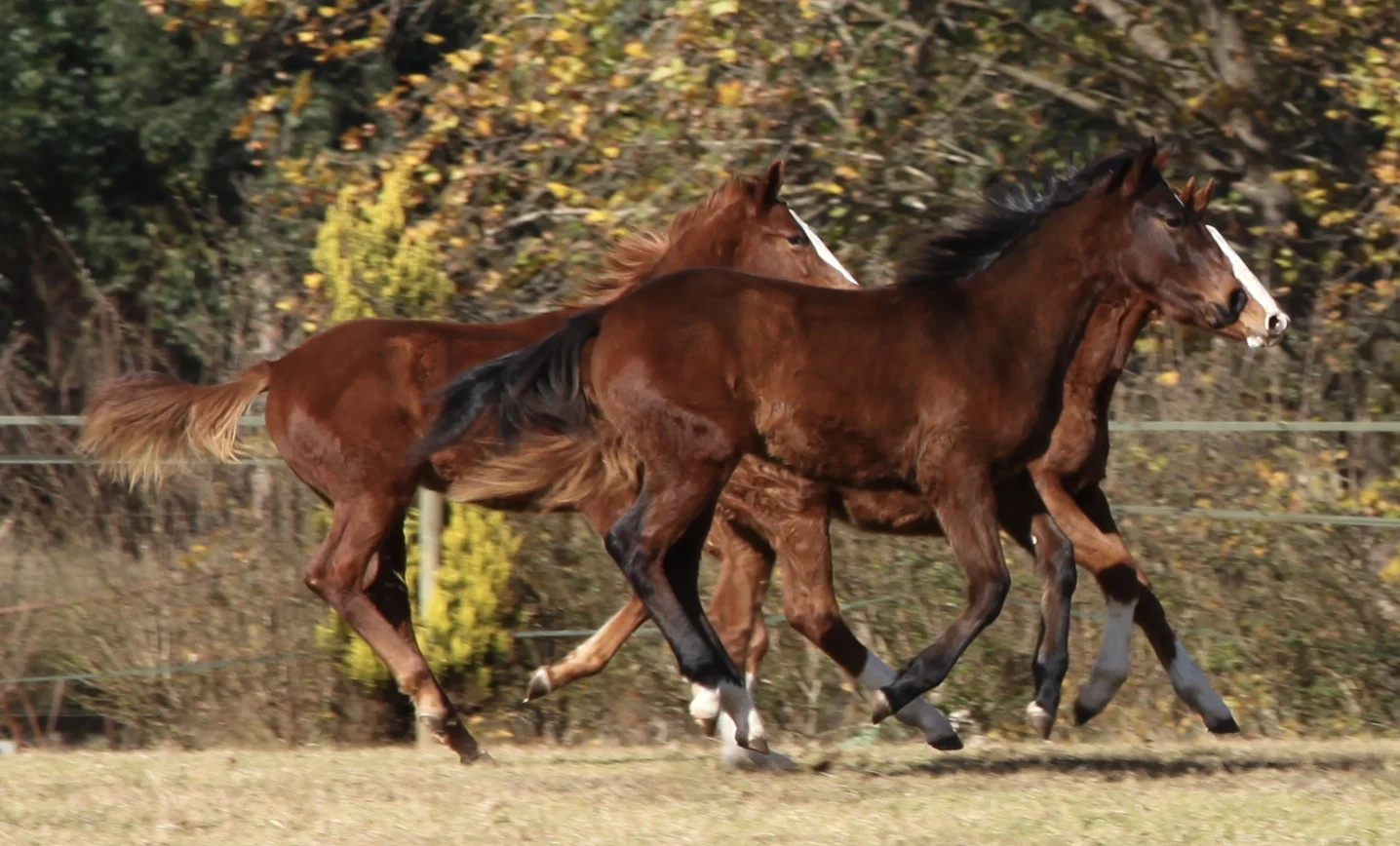
Establishing Frequency and Timing
Daily hoof picking should be non-negotiable for every horse, regardless of their activity level or living situation. The benefits extend beyond cleanliness to include daily health monitoring, maintaining good handling habits, and promoting circulation through the picking process itself.
Timing can be flexible based on your schedule and the horse’s routine. Many owners prefer picking feet before turnout, removing debris that might cause problems during the day’s activity. Others pick feet after bringing horses in, addressing whatever they’ve collected during turnout. The key is consistency – picking at roughly the same time each day helps establish the routine for both you and your horse.
Additional sessions may be warranted for horses in particularly challenging conditions. Horses in muddy paddocks might need feet picked twice daily during wet periods. Competition horses might need pre and post-exercise attention. Horses recovering from hoof problems often require more frequent monitoring and cleaning.
Creating Efficient Workflows
Develop a systematic approach that ensures you never skip steps or forget feet. Many horsemen follow the same pattern every time – perhaps starting with the left front, moving to left hind, right hind, and finishing with right front. This clockwise or counterclockwise pattern becomes automatic with practice.
Batch similar activities to improve efficiency. If you’re treating multiple horses for thrush, gather all your supplies before starting rather than fetching materials for each horse individually. If you’re applying hoof dressing, do all four feet on each horse before moving to the next animal.
Prepare for weather and seasonal challenges. Frozen feet in winter require different approaches than muddy feet in spring. Have appropriate tools and products ready for different conditions, and be prepared to adjust your routine as needed.
Remember that the goal isn’t perfection in each individual session, but rather the cumulative benefit of consistent, thorough daily care. Some days you’ll have more time for detailed inspection, while other days you’ll need to focus on basic cleaning and safety. The key is maintaining the routine regardless of time constraints, as the horses who receive daily attention are invariably the ones with the fewest hoof problems and the longest, soundest careers.
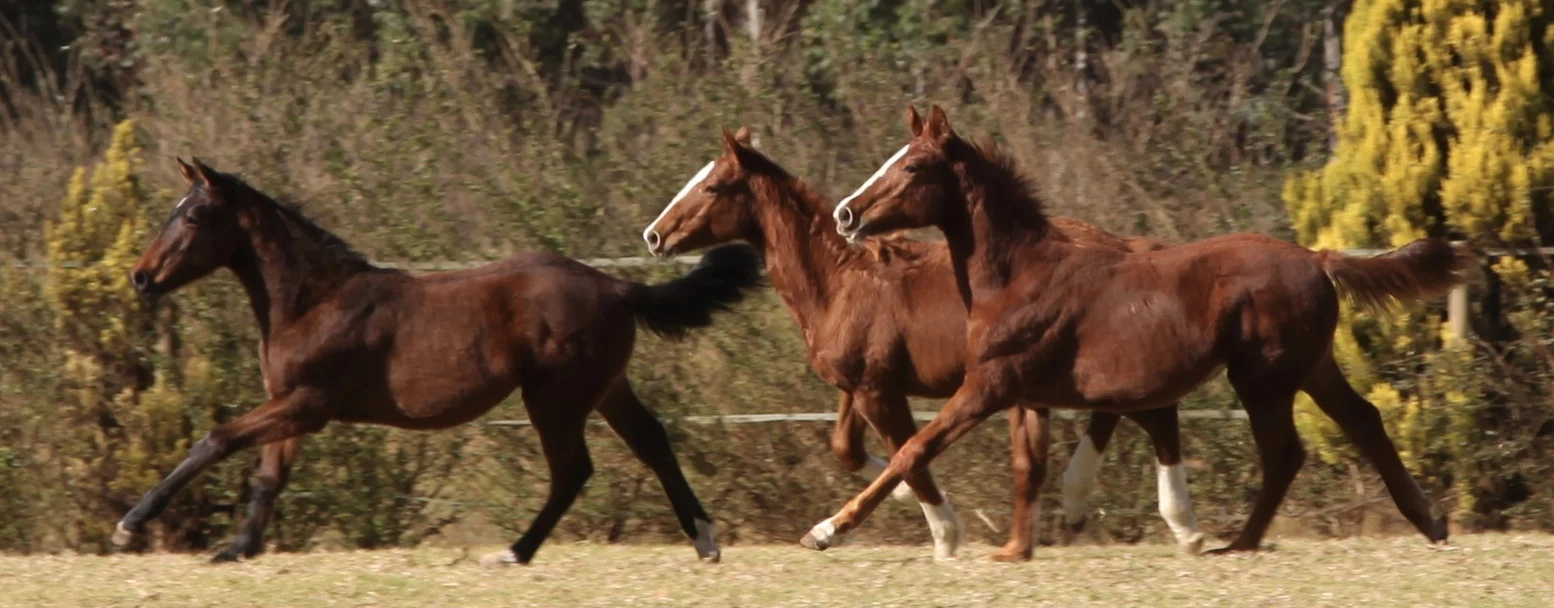
Chapter 5: Environmental Factors
The environment your horse lives in has a profound impact on hoof health, often determining whether they develop chronic problems or maintain sound feet throughout their lives. Understanding how different environmental factors affect the hoof allows you to make informed management decisions and modify conditions to support optimal hoof health.
The Moisture Balance Challenge
Moisture management represents one of the most critical and challenging aspects of environmental hoof care. Hooves need adequate moisture to remain flexible and resilient, but excessive moisture creates ideal conditions for bacterial and fungal infections. Finding the right balance requires understanding your local climate, soil conditions, and seasonal variations.
Hooves naturally adapt to their environment over time. Horses in arid climates typically develop harder, more contracted feet with thicker walls and less prominent frogs. While these feet are well-suited to dry, rocky terrain, they can become brittle and prone to cracking if conditions become too dry. Conversely, horses in wet climates develop softer, more elastic hooves with larger frogs and wider heels, but these same characteristics make them susceptible to thrush and other moisture-related problems.
Excessive moisture softens the hoof horn, making it more susceptible to bacterial invasion and mechanical damage. Constantly wet conditions prevent the natural hardening and drying that helps protect against infection. The frog becomes particularly vulnerable, as the sulci remain moist and oxygen-poor, creating perfect conditions for anaerobic bacteria to thrive.
Insufficient moisture causes the opposite problem, leading to brittle, contracted hooves that crack easily and lose their natural shock-absorbing properties. The frog may shrink and harden, reducing its effectiveness as both a circulatory pump and shock absorber. Quarter cracks and heel cracks become more common as the inflexible hoof wall fails to expand and contract normally with each step.
The key is providing controlled moisture exposure that allows hooves to wet and dry in natural cycles. This might mean ensuring access to clean water sources for drinking and occasional wading, while maintaining dry sleeping and eating areas. Artificial irrigation can help in very dry climates, while drainage improvements are essential in constantly wet conditions.
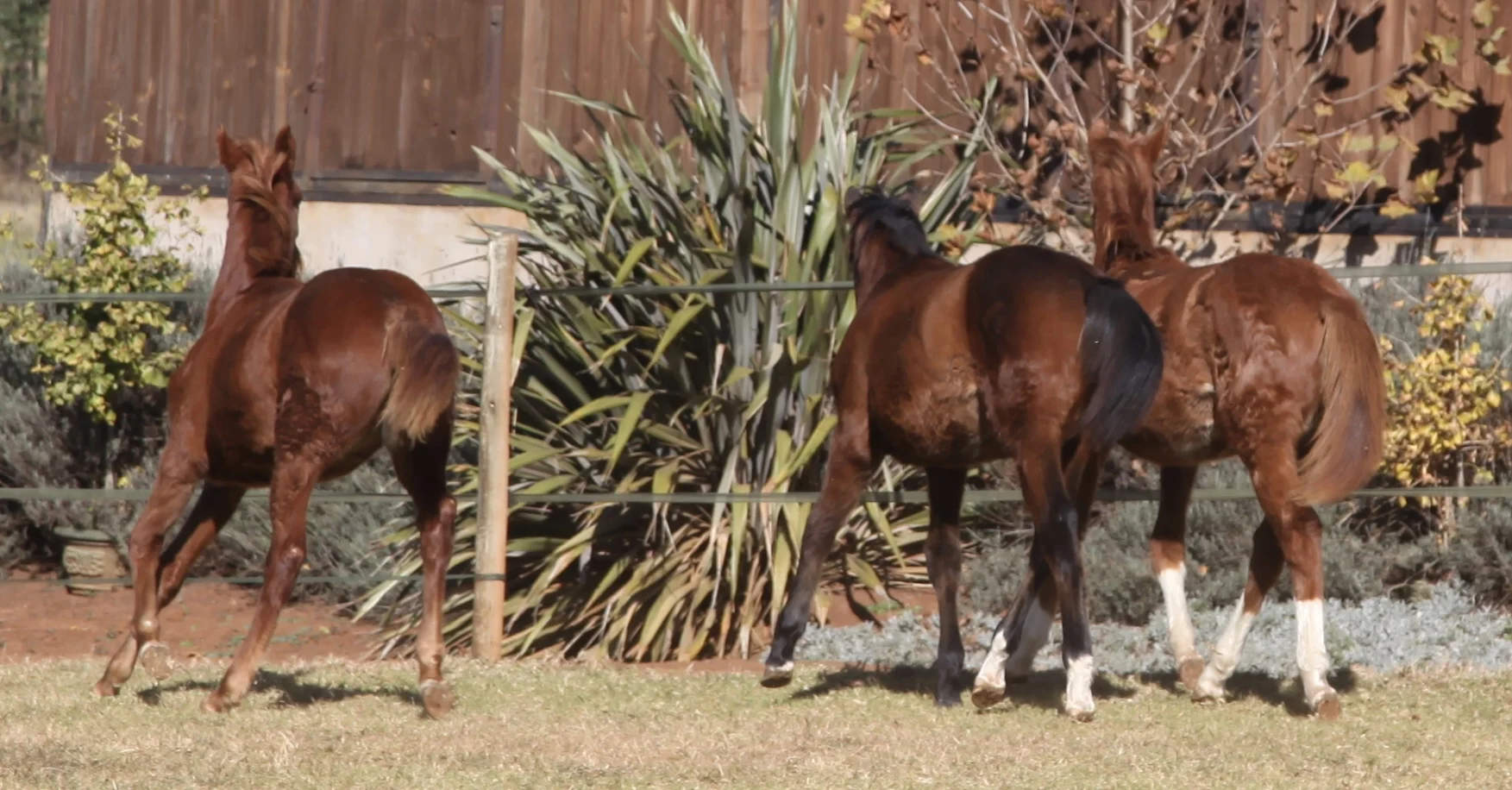
Footing Considerations for Different Areas
Stall footing has enormous impact on hoof health, as many horses spend 12-16 hours daily in their stalls. The ideal stall footing provides cushioning for comfort while remaining relatively dry and easy to clean. Traditional straw bedding can work well if kept very clean and dry, but tends to retain moisture and odors if not managed meticulously.
Wood shavings offer good absorbency and are easy to muck, but fine shavings can pack into the sulci and create problems if not removed during daily picking. Pelleted bedding products often provide excellent absorbency with easier cleaning, though initial cost may be higher.
Sand can provide excellent drainage and is naturally antimicrobial, but it requires careful management to prevent sand accumulation in the digestive tract. Rubber mats with minimal bedding offer easy cleaning and consistent footing, though they may not provide adequate cushioning for horses spending long periods lying down.
Turnout footing varies enormously and often can’t be controlled completely, but understanding its impact helps in management decisions. Rocky terrain naturally maintains hoof wear and promotes healthy sole thickness, but can cause bruising in horses with thin soles or inadequate conditioning. Soft, sandy footing is gentle on legs and joints but may not provide adequate wear to maintain proper hoof shape.
Constantly muddy paddocks create multiple problems beyond simple moisture issues. Mud acts as a reservoir for bacteria and can literally pull shoes off horses. The suction effect of deep mud can strain tendons and ligaments, while the anaerobic environment promotes harmful bacterial growth.
Exercise surfaces should provide adequate traction without being abrasive, offer some cushioning to reduce concussion, and drain well to prevent waterlogging. Arena footing that’s too deep can strain tendons, while surfaces that are too hard increase concussion-related problems. The ideal surface provides a firm base with some give, allowing horses to move naturally without excessive strain.
Seasonal Adaptations and Management
Winter challenges vary dramatically by geographic location but commonly include frozen ground, ice, salt exposure, and reduced natural moisture sources. Frozen ground becomes extremely hard and unforgiving, increasing the risk of stone bruises and concussion injuries. Ice creates obvious safety hazards and can cause traumatic injuries if horses slip and fall.
Road salt and de-icing chemicals can be particularly damaging to hooves, causing chemical burns and excessive drying. Horses exercised on treated surfaces should have their feet rinsed thoroughly after exposure. Snow can ball up in shod horses’ feet, creating dangerous imbalances and increasing the risk of slipping.
Many horses benefit from winter adjustments in their care routine. This might include more frequent applications of hoof moisturizers in dry climates, or conversely, more attention to keeping feet dry in areas with freeze-thaw cycles that create constantly muddy conditions.
Spring typically brings mud season, with its associated challenges of constantly wet conditions, variable footing, and increased bacterial loads in the environment. This is prime thrush season for many horses, requiring more vigilant daily care and potentially prophylactic treatment programs.
Summer heat and drought present opposite challenges, with excessively dry conditions that can lead to contracted, brittle hooves. Automatic waterers may need supplementation with additional water sources, and some horses benefit from periodic hoof soaking or the application of moisturizing products.
Autumn often provides ideal conditions for hoof health, with moderate temperatures and humidity levels that support natural moisture balance. This can be an excellent time to address any accumulated problems from summer’s extremes before winter’s challenges begin.
Climate-Specific Management Strategies
Arid and desert climates require proactive moisture management to prevent excessive drying and contraction. This might include providing water sources for occasional wading, using hoof moisturizers or sealers, and ensuring adequate systemic hydration. Rocky terrain common in these areas can be beneficial for maintaining natural wear patterns, but horses may need gradual conditioning to develop adequate sole thickness.
Tropical and subtropical climates present constant moisture management challenges, with high humidity and frequent rainfall creating ideal conditions for bacterial and fungal infections. Excellent drainage becomes critical, along with vigilant daily care and often prophylactic antimicrobial treatments.
Temperate climates with distinct seasons require flexible management approaches that adapt to changing conditions throughout the year. This might mean switching between moisture-retaining and moisture-reducing strategies based on seasonal conditions.
Coastal environments bring unique challenges including salt air exposure, sandy soils, and often high humidity combined with strong winds. Salt exposure requires regular rinsing, while sandy conditions may necessitate more frequent hoof trimming to maintain proper proportions.
Creating Hoof-Healthy Environments
The goal is creating environments that support the hoof’s natural functions while minimizing stress factors. Variety in footing allows horses to experience different surfaces that promote healthy development and wear patterns. A combination of soft areas for comfort and firmer surfaces for conditioning often works better than any single surface type.
Movement opportunities are essential, as the hoof’s circulatory pump function depends on regular exercise. Environments that encourage natural movement – such as placing water, feed, and shelter in different locations – promote better circulation and overall hoof health than stall confinement with limited exercise periods.
Cleanliness remains fundamental, particularly in areas where horses spend extended time. Regular removal of manure and soiled bedding reduces bacterial loads and prevents the accumulation of harmful organisms. Good drainage systems prevent standing water that creates ideal conditions for pathogenic bacteria.
Understanding your specific environmental challenges allows you to develop targeted management strategies that work with natural processes rather than fighting against them. The most successful hoof health programs recognize that environment and management must work together to create conditions that support the remarkable but vulnerable structures that carry our horses through their lives.
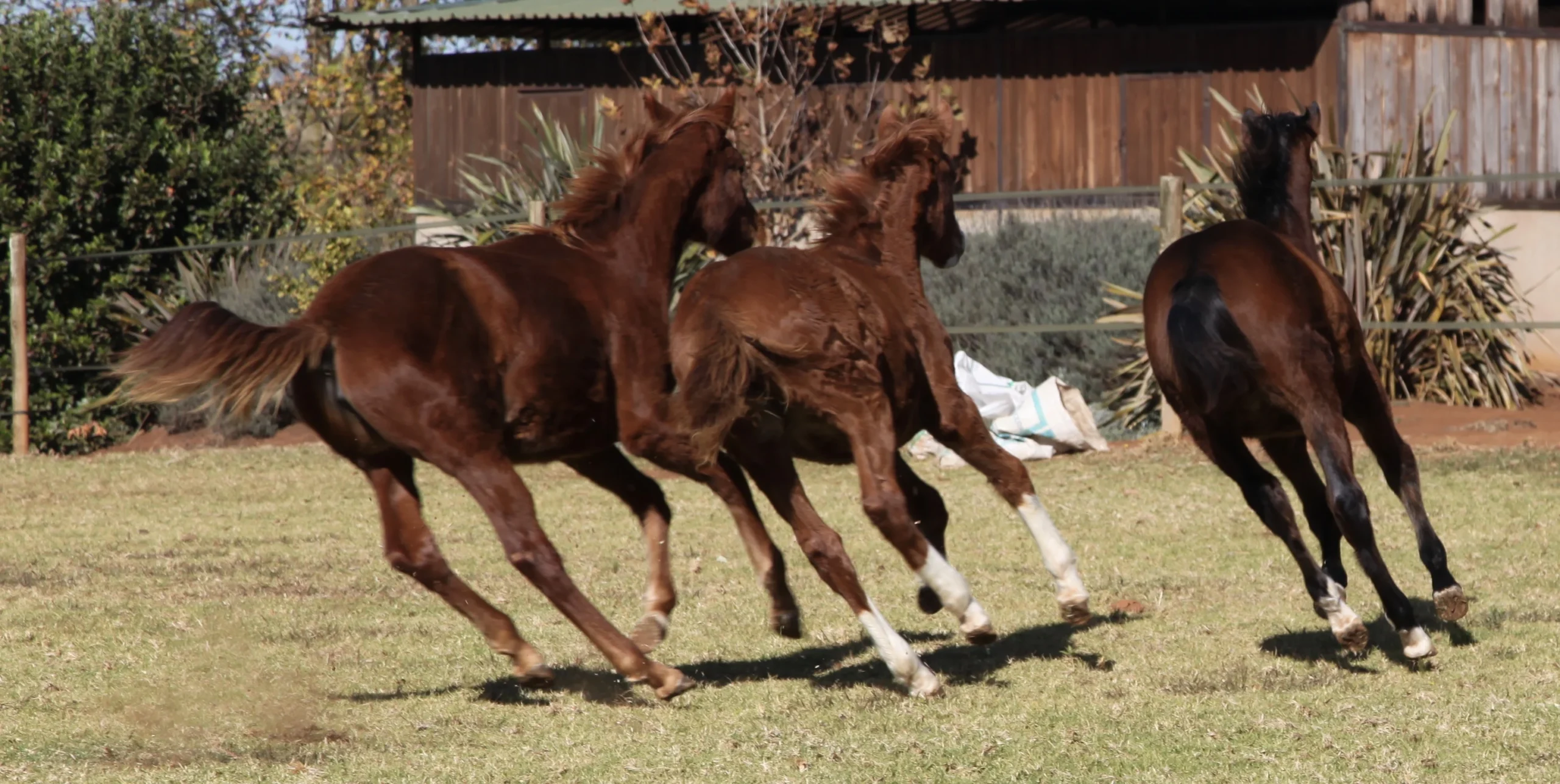
Chapter 6: Nutrition for Hoof Health
The saying “you are what you eat” applies as much to horses as humans, and nowhere is this more evident than in hoof quality. The hoof wall you see today began growing at the coronet band six to twelve months ago, making nutrition a long-term investment in soundness rather than a quick fix for existing problems. Understanding the nutritional foundation of healthy hoof growth allows you to make informed feeding decisions that support optimal hoof development.
The Building Blocks of Hoof Horn
Protein forms the structural foundation of hoof horn, with keratin being the primary component. This complex protein requires specific amino acids for proper formation, making protein quality as important as quantity. The hoof wall contains approximately 93% protein by dry weight, emphasizing how critical adequate protein nutrition is for healthy hoof development.
Methionine stands out as perhaps the most important amino acid for hoof health. This sulfur-containing amino acid is essential for keratin formation and is often the limiting factor in hoof horn quality. Horses with poor hoof horn often show dramatic improvement when methionine intake is optimized, though results take months to become apparent as new hoof wall grows down from the coronet.
Cysteine, another sulfur-containing amino acid, works closely with methionine in keratin formation. The sulfur bonds between these amino acids create the cross-linking that gives hoof horn its strength and resilience. Lysine, while not sulfur-containing, also plays important roles in protein synthesis and collagen formation within the hoof.
Biotin has received enormous attention in hoof health discussions, and research supports its importance in hoof horn formation. However, biotin deficiency is relatively rare in horses receiving adequate forage, and supplementation benefits are most apparent in horses with genuinely poor hoof quality rather than normal horses with minor hoof problems.
Essential Nutrients and Their Roles
Zinc functions as a cofactor in numerous enzymatic processes involved in protein synthesis and tissue repair. Zinc deficiency can result in poor hoof wall quality, increased susceptibility to white line disease, and delayed healing of hoof injuries. The bioavailability of zinc varies significantly between different feed sources, making the form of supplementation important.
Copper works synergistically with zinc in many metabolic processes and is essential for proper collagen formation. Copper deficiency can result in weak, brittle hoof walls that crack easily. The copper-to-zinc ratio in the diet appears to be as important as absolute levels of either mineral.
Selenium serves as a component of antioxidant enzymes that protect tissues from oxidative damage. While selenium deficiency can contribute to poor hoof quality, selenium toxicity is also a concern, making careful attention to total dietary intake important.
Vitamin A supports epithelial tissue health, including the tissues responsible for hoof horn production. Deficiency can result in poor quality hoof horn, though excess vitamin A can also cause problems, including developmental orthopedic disease in young horses.
Essential fatty acids, particularly omega-3 fatty acids, support healthy inflammatory responses and may improve hoof horn quality. These nutrients are often deficient in hay-based diets and may require supplementation, particularly in horses with chronic hoof problems.
Water: The Forgotten Nutrient
Adequate hydration is fundamental to all physiological processes, including hoof horn formation. Horses require approximately 5-12 gallons of water daily, depending on size, activity level, and environmental conditions. Dehydration affects the quality of all body tissues, including developing hoof horn.
Water quality matters as much as quantity. High sulfur content in water can interfere with mineral absorption, while excessive minerals or contaminants can create their own health problems. Ice-cold water may reduce voluntary intake in winter, while stagnant or dirty water sources discourage adequate consumption year-round.
The moisture content of feeds also contributes to total water intake. Fresh pasture provides significant water content, while dry hay and grain provide very little. Horses transitioning from pasture to dry feeds may need encouragement to increase their water consumption.
Supplements: Separating Science from Marketing
The supplement industry targeting hoof health is enormous, with products promising dramatic improvements in hoof quality, growth rate, and strength. While some supplements provide genuine benefits, many claims exceed what the scientific evidence supports.
Biotin supplementation has the strongest research support, with multiple studies demonstrating improvements in hoof wall integrity and growth rate in horses with poor hoof quality. However, benefits typically require 6-12 months of consistent supplementation to become apparent, and horses with already good hoof quality may see little additional benefit.
Methionine supplementation can be beneficial for horses with diets low in this amino acid, particularly those receiving poor quality protein sources. However, methionine imbalances can interfere with the utilization of other amino acids, making balanced supplementation important.
Multi-nutrient hoof supplements often combine biotin, methionine, zinc, copper, and other nutrients believed to support hoof health. While convenient, these products may provide nutrients already adequate in the base diet while failing to address specific deficiencies. Individual nutrient testing can help determine which supplements might be beneficial.
“Miracle” products promising rapid improvements in hoof quality should be viewed skeptically. The hoof wall visible today began forming months ago, making rapid changes in horn quality impossible through nutritional means alone. Products claiming to improve hoof quality in weeks rather than months are likely affecting only superficial characteristics.

Dietary Factors That Harm Hoof Health
Excessive sugar and starch intake can contribute to metabolic disorders that affect hoof health, particularly insulin resistance and laminitis. High-sugar diets may also interfere with the absorption of important minerals, creating secondary deficiencies despite adequate dietary levels.
Imbalanced mineral ratios can be as problematic as outright deficiencies. High iron intake, common in horses receiving well water or certain supplements, can interfere with zinc and copper absorption. Excessive calcium relative to phosphorus can affect magnesium utilization, while high sulfur intake can interfere with copper absorption.
Poor quality protein sources may provide adequate total protein while being deficient in specific amino acids essential for hoof horn formation. This is particularly common with low-quality hay or grain-only diets that lack diverse protein sources.
Mycotoxins from moldy feeds can interfere with nutrient absorption and metabolism, affecting hoof quality along with overall health. Proper feed storage and regular inspection for mold becomes critical for maintaining nutritional quality.
Nutritional Strategies for Different Situations
Growing horses have higher protein and mineral requirements that directly affect developing hoof structures. Deficiencies during growth can result in permanent structural problems that affect soundness throughout the horse’s life.
Senior horses may have reduced digestive efficiency that affects nutrient absorption, potentially requiring dietary modifications or supplementation to maintain adequate nutrition for hoof health. Dental problems common in older horses can also affect their ability to properly process feeds.
Horses with metabolic disorders such as insulin resistance or Cushing’s disease often require specialized dietary management that considers both their metabolic needs and hoof health requirements. These horses may benefit from restricted sugar and starch intake while requiring careful attention to protein and mineral nutrition.
Competition horses with high energy requirements may need careful balancing to meet their performance needs while maintaining optimal nutrition for hoof health. High-grain diets required for energy may need supplementation to address potential mineral imbalances.
Timing and Expectations
Nutritional changes take time to affect hoof quality, with visible improvements typically requiring 4-8 months of consistent optimal nutrition. This timeline reflects the time required for new hoof wall to grow from the coronet band to the ground surface.
Seasonal variations in pasture quality can affect nutrition significantly, particularly the protein and mineral content of grass. Spring grass is typically high in protein and water but may be low in fiber, while mature pastures may be low in protein and high in fiber and sugars.
Consistency in nutritional management provides better results than sporadic supplementation or frequent dietary changes. The horse’s digestive system and metabolic processes function best with predictable nutrition, and hoof horn formation requires sustained availability of essential nutrients.
Remember that nutrition is just one component of overall hoof health, working in conjunction with genetics, environment, exercise, and professional care to determine final outcomes. While optimal nutrition provides the foundation for healthy hoof development, it cannot overcome poor management, inappropriate environments, or genetic limitations. The goal is providing consistent, balanced nutrition that supports the horse’s natural ability to grow strong, healthy hooves throughout their life.
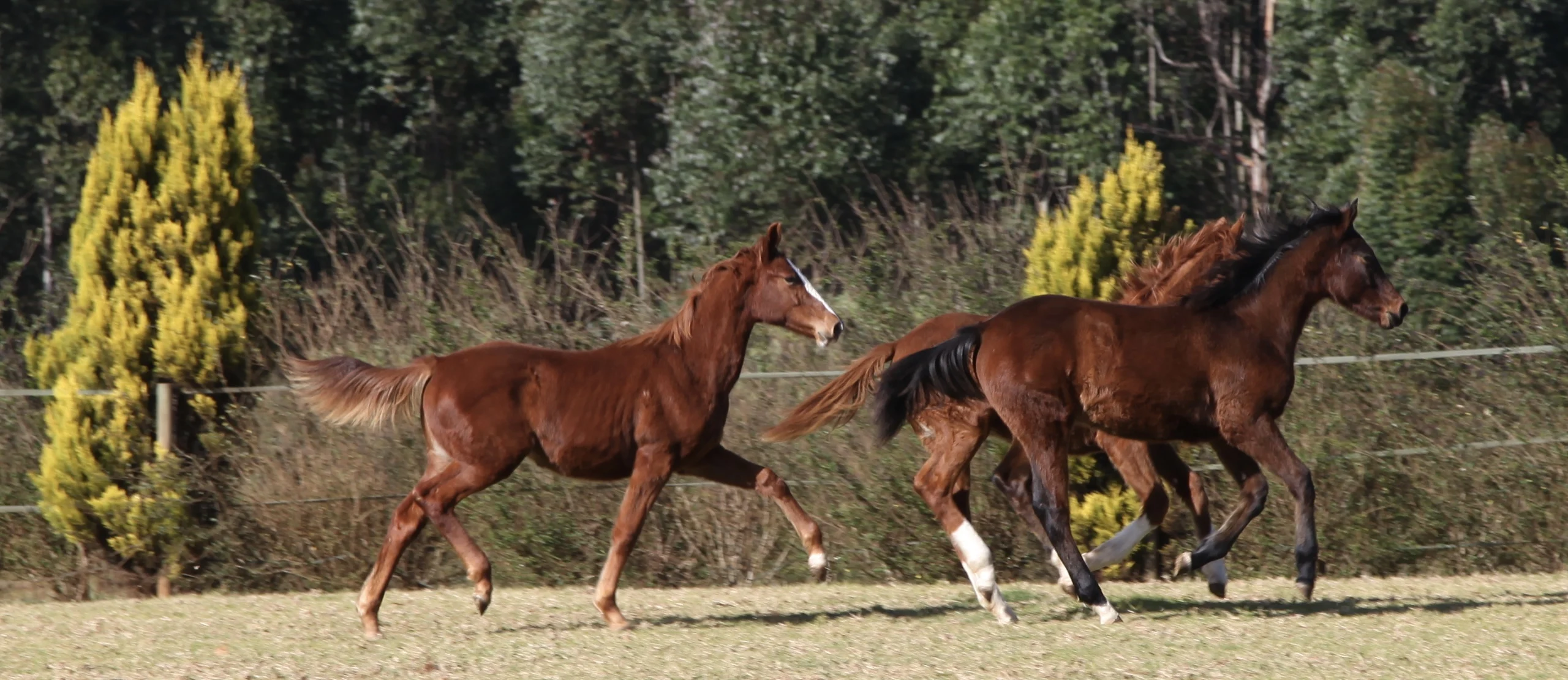
Chapter 7: Professional Care
Working effectively with farriers and veterinarians is essential for maintaining optimal hoof health. These professionals bring specialized knowledge, experience, and tools that complement your daily care efforts. Understanding their roles, knowing how to communicate effectively, and recognizing when to seek professional help can make the difference between minor issues that resolve quickly and major problems that compromise your horse’s career.
Building a Relationship with Your Farrier
Choosing the right farrier involves more than finding someone available and affordable. The best farriers combine technical skill with good communication, reliability, and a genuine understanding of equine biomechanics. They should be willing to explain their work, answer questions, and work collaboratively with you and your veterinarian when problems arise.
Certification and continuing education indicate a farrier’s commitment to their profession, though practical experience and results often matter more than credentials alone. Look for farriers who stay current with new techniques and research, attend clinics regularly, and demonstrate a scientific approach to their work rather than relying solely on tradition.
A quality farrier will assess each horse individually rather than applying a one-size-fits-all approach. They should evaluate conformation, gait, discipline requirements, and any existing problems before developing a trimming and shoeing plan. They should also be willing to modify their approach based on how the horse responds over time.
Communication skills are crucial, as farriers need to explain what they’re doing and why, especially when problems arise. They should be able to discuss options clearly, explain the reasoning behind their recommendations, and work with you to develop realistic expectations for outcomes and timelines.
Scheduling and Preparation
Regular scheduling typically involves visits every 6-8 weeks for most horses, though this varies based on individual growth rates, activity level, and shoeing needs. Horses with problem feet may need more frequent attention, while some horses with excellent feet and light work loads might go slightly longer between visits.
Consistency in scheduling benefits both horse and farrier. Regular appointments allow the farrier to track changes over time, make gradual adjustments, and catch problems early. They also ensure that feet don’t grow excessively long between visits, which can create balance problems and increase injury risk.
Preparation for farrier visits should include having the horse clean and dry, with feet picked out and easily accessible. The work area should be level, well-lit, and safe for both horse and farrier. Having your horse accustomed to standing quietly and lifting feet on command makes the process safer and more efficient for everyone involved.
Weather contingencies need consideration, as farriers often work outdoors and may need to reschedule in extreme conditions. Having a covered area available can prevent weather-related delays and cancellations that disrupt the schedule.
Understanding Trimming vs. Shoeing Decisions
Barefoot horses can thrive under the right conditions, developing strong, naturally shaped hooves that handle varied terrain effectively. However, going barefoot requires adequate sole thickness, proper conditioning, and often lifestyle modifications to ensure the horse remains comfortable and sound.
Factors favoring barefoot management include horses with naturally strong feet, those living on varied terrain that promotes natural wear, and animals with lighter workloads that don’t create excessive wear or stress. Some horses with certain conformational issues also benefit from the natural expansion and contraction possible with unshod feet.
Shoeing becomes necessary when hoof wear exceeds growth, when additional traction or protection is needed for performance, or when therapeutic intervention is required for correcting problems. Shoes can provide protection on abrasive surfaces, alter breakover timing for gait modification, or support damaged structures during healing.
Therapeutic shoeing addresses specific problems through specialized shoes or pads. This might include bar shoes for support, heart bar shoes for laminitic horses, or glue-on shoes for horses with compromised hoof walls. These applications require advanced farrier skills and often veterinary consultation.
Different Shoeing Options and Their Applications
Traditional steel shoes remain the most common choice, offering durability, versatility, and relatively low cost. They can be modified in numerous ways to address specific needs, from simple clips for security to complex therapeutic applications.
Aluminum shoes are lighter than steel and often preferred for performance horses where weight reduction matters. They’re particularly popular in racing and some English disciplines where the reduced weight can improve performance.
Synthetic shoes made from various polymers offer benefits like reduced weight, improved shock absorption, and easier application in some cases. However, they may not provide the durability or versatility of metal shoes for all applications.
Pads and impression materials can be used with any shoe type to provide additional cushioning, protect damaged soles, or apply therapeutic pressure to specific areas. These materials range from simple leather pads to advanced polymer systems designed for specific therapeutic applications.
When to Call the Veterinarian
Acute lameness requires immediate veterinary evaluation, particularly when severe or accompanied by other signs like heat, swelling, or digital pulses. Don’t wait for scheduled farrier appointments when obvious problems are present.
Chronic or recurring issues that don’t respond to standard farrier care often require veterinary diagnosis to identify underlying causes. This might include radiographs to assess bone position, nerve blocks to localize pain, or advanced imaging to evaluate soft tissue structures.
Suspected infections such as abscesses, deep thrush, or puncture wounds should be evaluated promptly. While farriers can often manage minor infections, determining the extent of involvement and appropriate treatment often requires veterinary expertise.
Pre-purchase examinations should always include hoof evaluation, as many soundness problems originate in the feet. A veterinarian can assess radiographs, evaluate balance and conformation, and identify potential problem areas that might not be apparent to casual observation.
Effective Communication with Professionals
Document changes in your horse’s condition, performance, or behavior between professional visits. Notes about when problems first appeared, what seems to make them better or worse, and how they’ve progressed provide valuable diagnostic information.
Ask questions about what professionals are finding and why they’re recommending specific treatments. Understanding the reasoning behind their decisions helps you make informed choices and better manage your horse’s care between visits.
Discuss goals and expectations clearly. A trail horse and a show jumper have different requirements that should influence care decisions. Be honest about your horse’s use, your budget constraints, and your long-term goals.
Coordinate between professionals when both veterinary and farrier care are involved. Many problems require collaboration between these professionals, and ensuring they communicate with each other prevents conflicting treatments and improves outcomes.
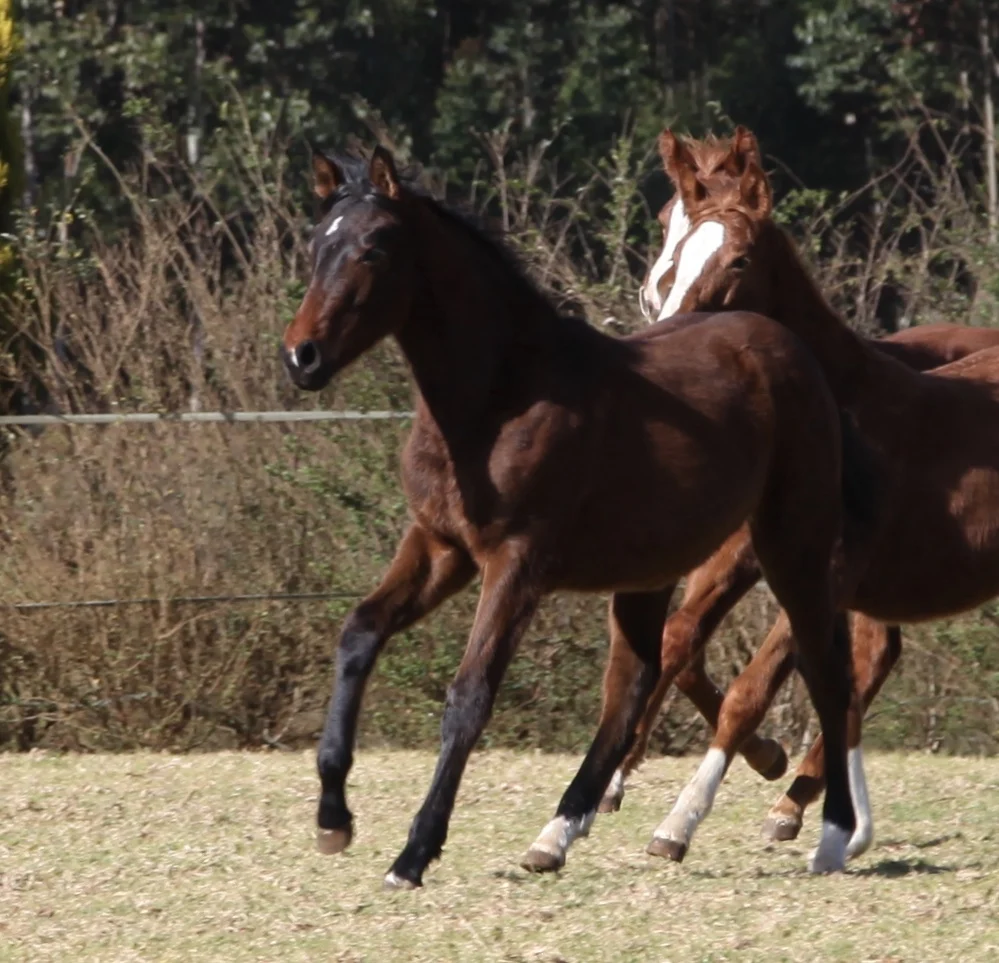
Emergency Situations and First Response
Lost shoes require prompt attention to prevent hoof damage and potential injury. A horse that loses a shoe should be confined to soft footing until the farrier can replace it or the foot can be properly trimmed.
Loose or twisted shoes create safety hazards and should be removed immediately if possible, or the horse should be strictly confined until professional help arrives. Never attempt to straighten or reattach loose shoes yourself.
Puncture wounds to the sole require immediate veterinary attention, regardless of how minor they appear. Mark the location if the penetrating object has been removed, and confine the horse to prevent further contamination.
Sudden severe lameness warrants immediate evaluation, especially if accompanied by heat or swelling in the foot. While waiting for professional help, confine the horse to a safe, comfortable area and apply cold therapy if heat is present.
Building Your Professional Team
The most successful hoof health programs involve collaboration between knowledgeable horse owners, skilled farriers, and experienced veterinarians. Each brings different expertise and perspectives that contribute to optimal outcomes.
Regular communication between team members ensures everyone stays informed about the horse’s condition and any changes in management or treatment plans. This might involve scheduled check-ins, shared records, or consultation when problems arise.
Continuing education benefits everyone involved. Attend clinics, read professional publications, and stay current with advances in hoof health research. The more you understand about your horse’s feet, the better you can communicate with professionals and make informed management decisions.
Long-term relationships with trusted professionals provide continuity of care and deep knowledge of your individual horses. Professionals who have worked with your horses over time can detect subtle changes and provide insights that newcomers might miss.
Remember that professional care is an investment in your horse’s long-term soundness and performance. While costs can seem significant, they pale in comparison to the expenses associated with treating major hoof problems or the loss of use that accompanies chronic lameness. The goal is building a team approach that combines professional expertise with informed daily management to keep your horses sound, comfortable, and able to perform to their potential throughout their careers.
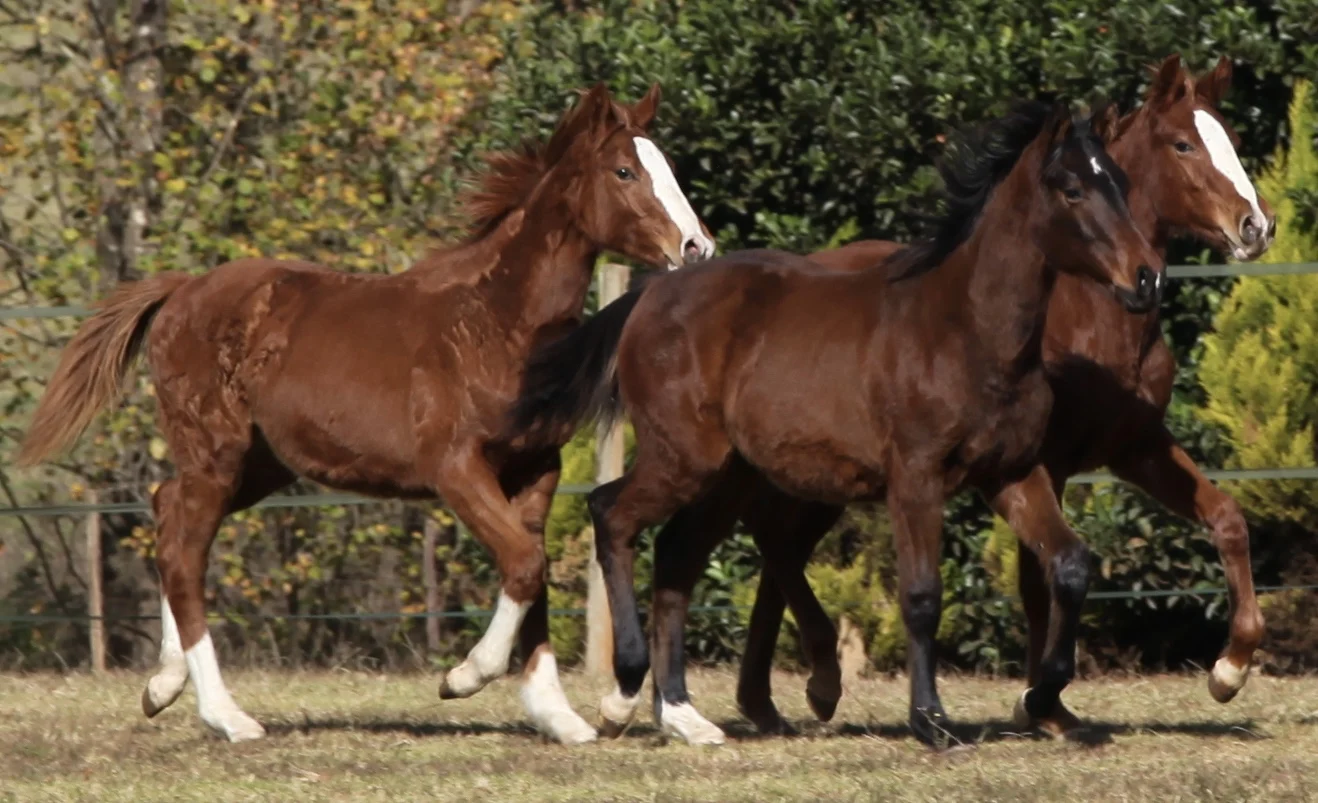
Chapter 8: Prevention Strategies
Prevention remains the most effective and economical approach to hoof health. While treating problems after they develop often requires expensive interventions and extended recovery periods, preventing issues through proper management typically costs far less and preserves the horse’s comfort and performance. The key is understanding which factors contribute to hoof problems and implementing strategies that address these factors before problems develop.
Exercise and Movement: The Foundation of Circulation
Regular movement is perhaps the most important factor in maintaining healthy hooves. The hoof’s circulatory system depends entirely on the pumping action created when the foot contacts the ground and the internal structures compress and expand. Without adequate movement, circulation becomes sluggish, leading to poor hoof quality, slow healing, and increased susceptibility to problems.
Turnout strategies should prioritize movement over simple space. A horse in a large paddock who stands at the gate all day gets less beneficial exercise than one in a smaller area who must move between water, hay, and shelter. Designing turnout areas that encourage natural movement patterns provides far more benefit than simply maximizing acreage.
Hand exercise becomes crucial for horses with limited turnout or those recovering from injuries that restrict natural movement. Even 20-30 minutes of daily walking can significantly improve circulation and hoof health compared to complete stall rest. The key is consistency rather than intensity – regular, moderate exercise provides more benefit than sporadic intense work.
Surface variety in exercise areas helps develop stronger, more adaptable hooves. Horses that experience only soft arena footing may develop weak, flat soles that bruise easily on harder surfaces. Incorporating firm ground, varied terrain, and different textures helps build resilient hooves that can handle diverse conditions.
The quality of movement matters as much as quantity. Horses moving freely and naturally use their hooves differently than those restricted by poor footing, handler tension, or physical discomfort. Creating conditions that allow natural, relaxed movement provides maximum benefit to hoof health and overall circulation.
Stable Management for Hoof Health
Bedding selection and management significantly impacts hoof health through both moisture control and cleanliness. The ideal bedding absorbs moisture quickly, remains relatively dry at the surface, and is easy to keep clean. Poor bedding choices can create constantly damp conditions that promote bacterial growth or excessively dry environments that contribute to brittle, contracted hooves.
Stall cleaning frequency affects both hygiene and moisture levels. Daily mucking removes major sources of moisture and bacteria, but horses spending 16+ hours in stalls may benefit from more frequent removal of wet spots and soiled areas. The goal is maintaining a clean, relatively dry environment without creating dust or excessive dryness.
Ventilation helps control moisture levels and air quality in barns. Poor air circulation allows humidity to build up, creating ideal conditions for bacterial and fungal growth. However, excessive air movement can also create problems by causing rapid moisture loss that leads to brittle hooves.
Feeding strategies can impact hoof health both directly through nutrition and indirectly through their effect on stall conditions. Horses that consume hay from the ground may create more moisture and debris in their immediate environment than those eating from elevated feeders. However, ground feeding often provides more natural feeding positions that benefit digestion and overall health.
Early Intervention Techniques
Daily monitoring allows for detection of problems in their earliest stages when intervention is most effective and least expensive. Developing systematic observation skills and maintaining consistent routines helps ensure that subtle changes don’t go unnoticed until they become major problems.
Prompt response to early warning signs can prevent minor issues from developing into serious problems. This might mean scheduling an extra farrier visit when balance seems off, starting thrush treatment at the first sign of odor, or consulting a veterinarian when subtle lameness appears.
Environmental modifications can often address developing problems before they require intensive treatment. Improving drainage in problem areas, adjusting bedding routines, or modifying turnout schedules might resolve issues without need for medical intervention.
Proactive treatments can be beneficial for horses with known risk factors. This might include regular antimicrobial treatments for horses prone to thrush, protective boots for horses with thin soles, or dietary supplements for horses with naturally poor hoof quality.
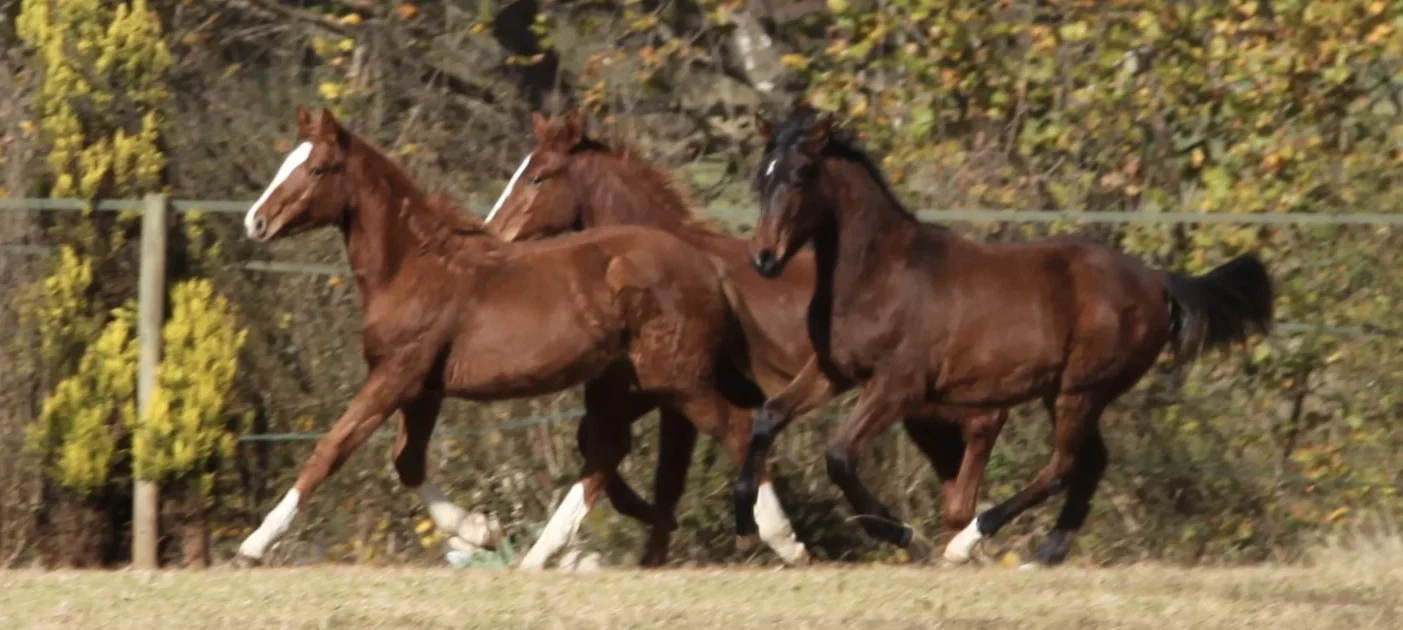
Creating Risk Assessment Protocols
Individual horse factors should be considered when developing prevention strategies. Horses with conformational abnormalities, previous hoof problems, or genetic predispositions may require more intensive prevention efforts than those with naturally strong feet and good conformation.
Environmental risk factors change seasonally and should be reassessed regularly. Spring mud, summer drought, winter freezing, and autumn’s variable conditions each present different challenges that may require modified management approaches.
Activity-related risks should be considered when planning prevention strategies. Competition horses face different challenges than pasture pets, while horses in heavy work need different approaches than those in light exercise programs.
Age-related considerations become important as horses mature. Young horses may need different prevention strategies focused on proper development, while senior horses often require approaches that accommodate reduced resilience and slower healing.
Developing Management Protocols
Seasonal protocols help ensure that management adapts to changing conditions throughout the year. This might include switching to different bedding materials in wet seasons, adjusting exercise routines during extreme weather, or modifying nutrition programs based on pasture conditions.
Emergency preparedness protocols ensure appropriate responses when problems do develop. Having contact information readily available, maintaining basic first aid supplies, and knowing when to confine horses or restrict activity can prevent minor problems from becoming major ones.
Record keeping helps track patterns and evaluate the effectiveness of prevention strategies. Simple logs noting hoof condition, environmental factors, and any treatments or changes can provide valuable insights for refining management approaches over time.
Review and adjustment protocols ensure that prevention strategies remain effective as conditions change. Regular evaluation of outcomes helps identify successful approaches and areas needing improvement.
The Economics of Prevention
Cost-benefit analysis clearly favors prevention over treatment for most hoof problems. The daily cost of optimal management and regular professional care is typically far less than the expenses associated with treating serious hoof problems, not to mention the hidden costs of lost use and reduced performance.
Long-term value of prevention extends beyond immediate cost savings to include maintaining the horse’s useful life, preserving performance potential, and avoiding the stress and complications associated with treating serious problems.
Investment priorities should focus on areas with the highest impact on hoof health. This typically means prioritizing good daily care, appropriate professional care, and environmental improvements over expensive supplements or equipment that provide marginal benefits.
Quality of life considerations often justify prevention investments even when strict cost-benefit analysis might suggest otherwise. Maintaining horses in comfort and soundness has value beyond simple economics, contributing to both horse welfare and owner satisfaction.
Building Prevention Habits
Routine development is crucial for successful prevention programs. Habits that become automatic are more likely to be maintained consistently than those requiring constant conscious effort. Starting with simple, manageable routines and building complexity over time often works better than attempting comprehensive programs that become overwhelming.
System design should make good practices easy and bad practices difficult. This might mean designing barn layouts that encourage regular exercise, creating storage systems that make daily hoof care convenient, or establishing feeding routines that support optimal nutrition.
Education and skill development enhance the effectiveness of prevention efforts. Understanding why specific practices matter helps maintain motivation and allows for intelligent modifications when circumstances change.
Community support from other horse owners, professionals, and industry resources can provide encouragement, advice, and accountability for maintaining good prevention practices.
Remember that prevention is an ongoing process rather than a destination. Effective prevention strategies must adapt to changing circumstances, new knowledge, and evolving needs while maintaining focus on the fundamental principles of good hoof health. The goal is creating systems and habits that naturally support hoof health as part of routine horse care, making prevention a seamless part of horse ownership rather than an additional burden.
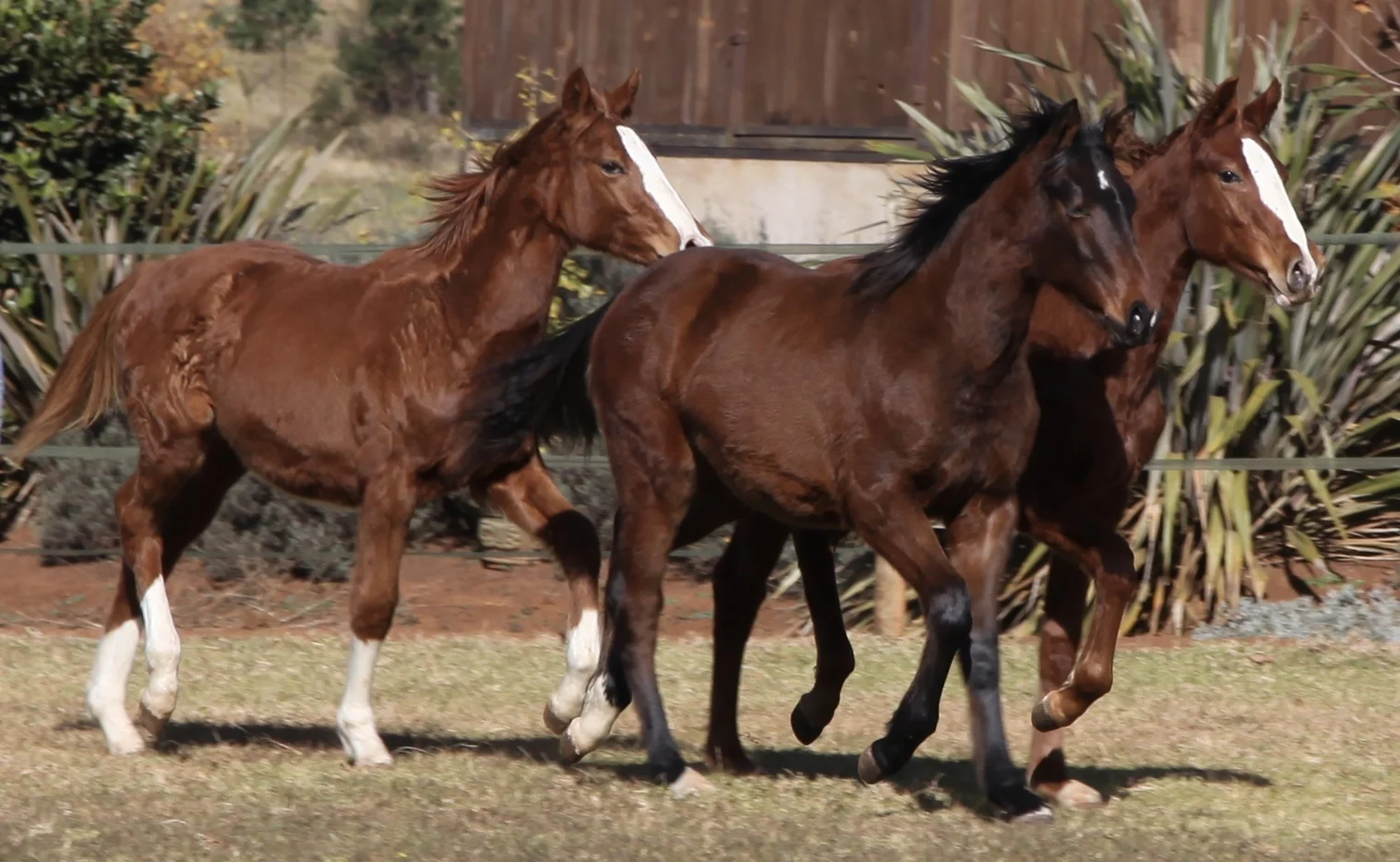
Chapter 9: Troubleshooting and Treatment
When prevention efforts fall short and hoof problems develop, knowing how to respond appropriately can determine whether issues resolve quickly or develop into chronic, career-threatening conditions. Effective troubleshooting requires systematic assessment, appropriate initial treatment, and clear understanding of when professional intervention is necessary. The goal is not to replace professional care but to provide appropriate first response while arranging proper treatment.
Systematic Problem Assessment
Initial evaluation should begin with a careful visual and tactile examination of the affected hoof. Note any obvious abnormalities in shape, color, or texture. Check for heat, which may indicate inflammation or infection, and assess digital pulses to determine if increased blood flow suggests internal problems.
Lameness evaluation helps determine the severity and likely source of problems. Observe the horse at rest, noting how they position the affected foot and whether they’re willing to bear full weight. Watch them move at a walk, noting any obvious favoring of the foot or altered gait patterns.
Historical context provides crucial diagnostic information. When did the problem first appear? Has it been gradually worsening or did it develop suddenly? Are there any obvious precipitating factors like recent shoeing, changes in environment, or exposure to new surfaces?
Environmental assessment examines factors that might have contributed to the problem or could affect treatment success. Recent weather conditions, footing changes, or management modifications might provide clues about causes and necessary management adjustments.
First Aid for Common Problems
Suspected abscesses require prompt attention to minimize discomfort and prevent complications. If the horse shows sudden, severe lameness with or without obvious swelling, confine them to a safe, comfortable area with soft footing. Soaking the foot in warm water with Epsom salts for 15-20 minutes twice daily can help draw the abscess to a head.
Thrush treatment can often be managed effectively with over-the-counter products when caught early. Begin with thorough cleaning to remove all loose, infected material from the affected sulci. Apply appropriate antimicrobial products according to label directions, typically once or twice daily until the condition resolves.
Minor cuts or punctures to the hoof require careful evaluation to determine their depth and potential for complications. Clean the area gently with water or saline solution, apply appropriate topical treatment, and protect with a clean bandage if necessary. Any puncture wound, regardless of how minor it appears, should be evaluated by a veterinarian.
Lost shoes require immediate attention to prevent hoof damage. Confine the horse to soft footing and contact your farrier as soon as possible. If the shoe is partially attached or twisted, do not attempt to remove it yourself unless you have experience and appropriate tools.
Home Remedies vs. Professional Treatment
Appropriate home treatments include basic cleaning, application of over-the-counter antimicrobial products for superficial infections, soaking for suspected abscesses, and environmental management to support healing. These approaches are suitable for minor problems or as supportive care while arranging professional treatment.
Professional intervention becomes necessary when problems don’t respond to basic treatment within a reasonable timeframe, when they appear to be worsening despite appropriate care, or when they involve structures that require specialized knowledge to treat safely.
Red flags that always warrant professional evaluation include sudden severe lameness, any discharge containing pus or blood, visible separation of hoof structures, suspected foreign body penetration, or any condition that doesn’t show improvement within 3-5 days of appropriate home treatment.
Treatment duration provides important guidance for when to seek professional help. Minor thrush should show improvement within a few days of appropriate treatment. Suspected abscesses should show signs of resolution within a week. Any condition that plateaus or worsens after initial improvement warrants professional evaluation.
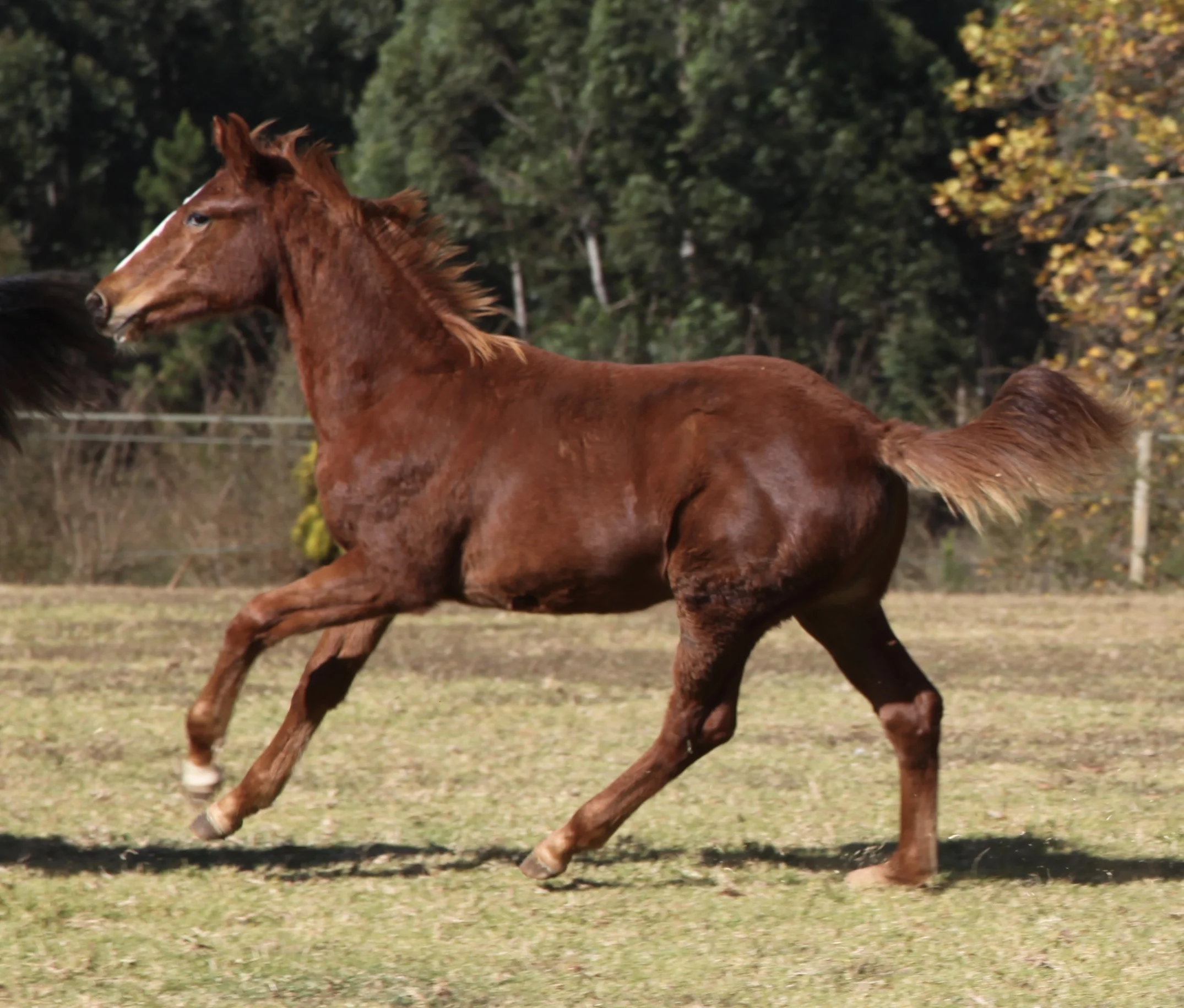
Recovery Protocols and Management
Controlled environment during recovery helps ensure optimal healing conditions. This might mean stall rest with hand walking, turnout in small paddocks with good footing, or complete restriction of movement depending on the condition being treated.
Monitoring progress requires systematic evaluation of healing and response to treatment. Daily assessment of lameness, heat, swelling, and discharge helps track improvement and identify any setbacks that might require treatment modifications.
Exercise restriction guidelines vary depending on the condition being treated. Some problems benefit from controlled movement to promote circulation, while others require strict rest to prevent further damage. Following professional recommendations for activity levels is crucial for optimal outcomes.
Bandaging and protection may be necessary for some conditions to keep wounds clean, apply medications, or provide support during healing. Proper bandaging technique prevents complications like pressure sores or circulation restriction while achieving therapeutic goals.
Medication and Treatment Applications
Topical antimicrobials come in various formulations designed for different conditions. Water-based solutions penetrate well but may not persist in wet conditions. Oil-based products provide longer contact time but may trap moisture. Understanding these differences helps choose appropriate products for specific situations.
Soaking solutions can be beneficial for certain conditions. Epsom salt solutions help draw moisture from tissues and may help abscesses rupture. Dilute bleach or povidone iodine solutions provide antimicrobial activity. Always follow label directions and avoid solutions that are too concentrated, which can damage healthy tissues.
Protective applications like bandages, boots, or temporary padding can provide comfort and protection during healing. However, these applications can also trap moisture or create pressure points if not applied properly. Regular monitoring and changes prevent complications.
Pain management for hoof problems often requires professional prescription medications. Over-the-counter pain relievers formulated for horses can provide temporary relief but should not substitute for addressing underlying problems.
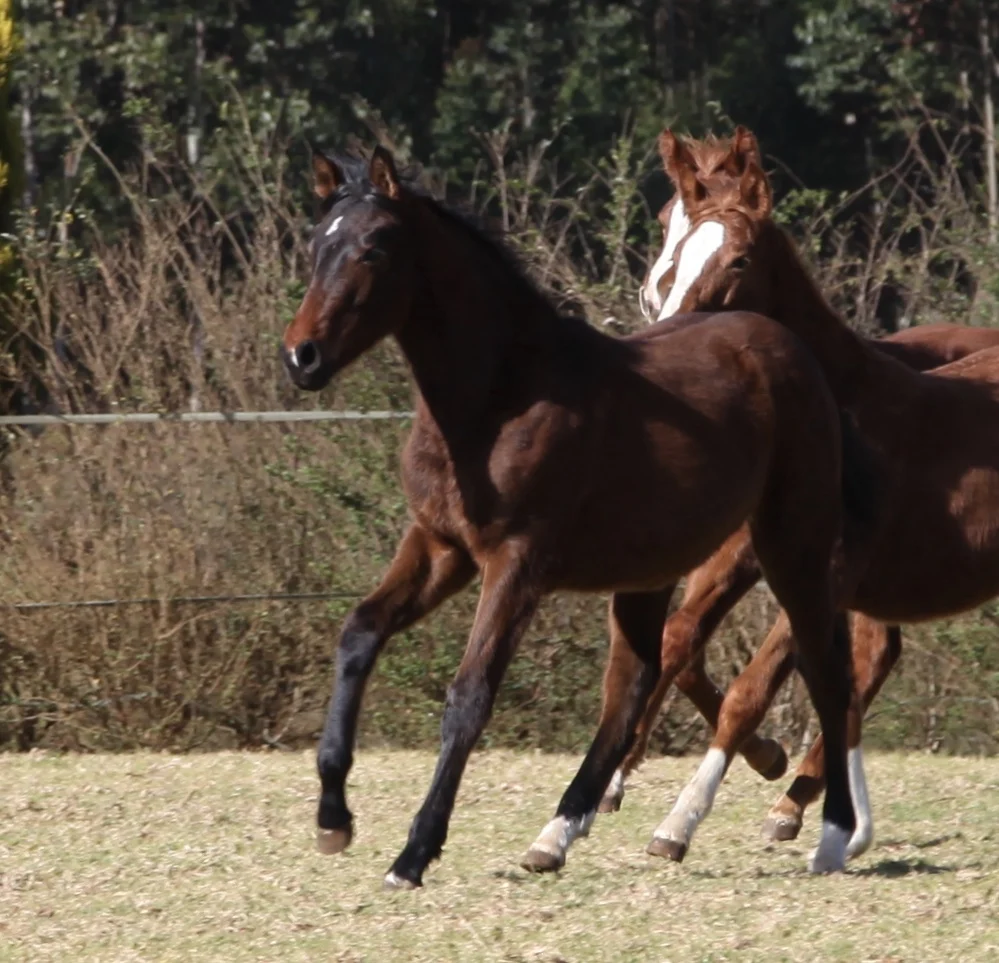
Long-term Management of Chronic Conditions
Chronic thrush may require ongoing management with regular cleaning protocols, environmental modifications, and possibly periodic professional treatment. Some horses seem predisposed to this condition and benefit from preventive care programs.
Recurring abscesses often indicate underlying problems like poor hoof balance, conformational issues, or environmental factors that need addressing. Simply treating individual episodes without addressing root causes typically leads to continued problems.
Structural abnormalities like chronic cracks may require ongoing management with specialized trimming, therapeutic shoeing, or environmental modifications. These conditions often benefit from collaborative care between farriers and veterinarians.
Metabolic conditions affecting hoof health require comprehensive management addressing both the underlying disorder and its effects on the feet. This might include dietary modifications, medication, and specialized hoof care protocols.
When Treatment Isn’t Working
Reassessment becomes necessary when expected improvement doesn’t occur within reasonable timeframes. This might reveal misdiagnosis, inappropriate treatment, or complicating factors that weren’t initially apparent.
Treatment modifications might involve changing medications, adjusting environmental management, or adding supportive therapies. Professional guidance becomes essential when initial approaches aren’t successful.
Advanced diagnostics like radiographs, ultrasound, or bacterial cultures might be necessary to identify problems not apparent through clinical examination alone. These tools can reveal structural abnormalities, assess healing progress, or identify specific infectious organisms.
Second opinions can provide valuable perspectives when standard treatments aren’t successful. Different professionals may have experience with alternative approaches or identify factors that weren’t previously considered.
Building Treatment Experience
Documentation of treatments and outcomes helps build experience and improve future responses. Recording what works and what doesn’t for individual horses provides valuable information for managing future problems.
Learning from professionals during treatment visits helps build skills and knowledge for handling similar problems independently when appropriate. Ask questions about what they’re finding, why they’re choosing specific treatments, and what signs to watch for during recovery.
Continuing education through clinics, articles, and other resources helps build knowledge and confidence for managing hoof problems. Understanding the principles behind treatments helps make better decisions about when to treat and when to seek help.
Remember that the goal of first aid and home treatment is stabilizing problems and providing comfort while arranging appropriate professional care. While many minor hoof problems can be managed successfully with basic knowledge and over-the-counter products, recognizing the limits of home treatment and knowing when to seek professional help prevents minor problems from becoming major ones. The most successful horse owners develop good basic skills while maintaining relationships with qualified professionals who can provide expert care when needed.
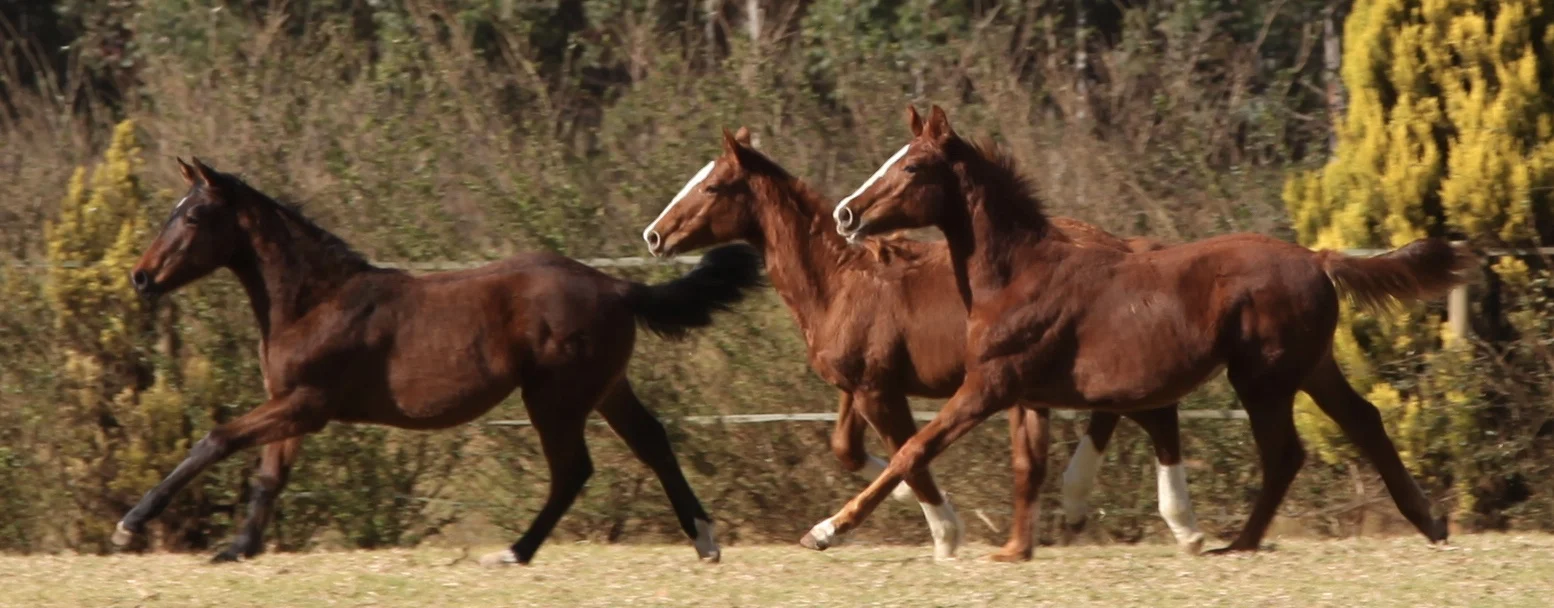
Chapter 10: Special Considerations
Different disciplines, life stages, and management philosophies create unique challenges and opportunities for hoof health management. Understanding these special considerations allows you to tailor your approach to meet specific needs while maintaining the fundamental principles of good hoof care. Whether you’re managing a young prospect, a senior companion, or a high-performance athlete, adapting your hoof health program to individual circumstances optimizes outcomes.
Discipline-Specific Requirements
Racing and high-speed sports place enormous stress on hooves through rapid acceleration, sudden direction changes, and sustained high-impact loading. These horses typically require frequent farrier attention, often every 3-4 weeks, and specialized shoeing to provide traction while minimizing weight. Aluminum shoes are common for their light weight, while toe grabs and caulks provide necessary traction on specific surfaces.
The intense training and competition schedules common in racing create additional challenges. Limited turnout time may reduce natural hoof conditioning, while high-energy diets required for performance can predispose to metabolic issues affecting hoof health. Daily monitoring becomes crucial, as minor problems can quickly become career-ending in horses operating at maximum performance levels.
Jumping disciplines create unique loading patterns as horses land from height, often on hard surfaces. The concussive forces require hooves capable of absorbing tremendous impact while maintaining traction for takeoff. Many jumping horses benefit from shoes with enhanced shock absorption, such as rubber pads or specialized polymer materials.
Footing variations in jumping sports, from outdoor grass to indoor sand and synthetic surfaces, require adaptable hooves and sometimes discipline-specific shoeing adjustments. The precision required in jumping also makes horses sensitive to minor balance issues that might not affect other disciplines.
Dressage and western pleasure horses need hooves that support collected movement, precise balance, and sustained engagement. These disciplines often emphasize natural movement patterns, making proper hoof balance crucial for optimal performance. Many dressage horses benefit from shoeing that enhances natural breakover and supports the enhanced engagement required for upper-level movements.
Endurance riding creates perhaps the most demanding conditions for hoof health, with horses covering 50-100 miles over varied terrain in single competitions. Endurance horses must develop incredibly tough, resilient hooves capable of handling everything from rocky mountain trails to sandy desert terrain. Many successful endurance horses compete barefoot, having developed the sole thickness and wall strength necessary for protection.
Trail and recreational riding often involves the most varied conditions, requiring hooves adaptable to different terrains and footing. These horses benefit from well-rounded conditioning that includes exposure to various surfaces and environments. The irregular exercise schedules common in recreational riding can create challenges in maintaining optimal hoof condition.
Age-Related Hoof Management
Foals and weanlings have rapidly growing, constantly changing hooves that require careful monitoring and minimal intervention. The hoof capsule grows quickly during these early months, often outpacing the development of internal structures. Regular trimming may be necessary to maintain proper proportions, but aggressive intervention can disrupt natural development patterns.
Young horses’ hooves are softer and more pliable than mature feet, making them more susceptible to environmental damage but also more responsive to corrective measures. This plasticity means that problems caught early can often be corrected completely, while issues allowed to persist may become permanent structural abnormalities.
Young horses in training face unique challenges as their hooves adapt to increased exercise demands. The gradual conditioning required for young horses should include their feet, with progressive exposure to different surfaces and exercise intensities. Rushing this process often leads to problems like sole bruising or stress-related hoof wall changes.
Mature performance horses typically have stable hoof characteristics that respond predictably to management and shoeing decisions. These horses often benefit from consistent routines and proven management approaches, though they may require adjustments as their careers progress or activity levels change.
Senior horses often experience changes in hoof quality and growth patterns that require modified management approaches. Hoof wall may become more brittle or grow more slowly, while metabolic changes can affect circulation and healing capacity. Many senior horses benefit from more frequent trimming to maintain proper balance as growth rates slow.
Chronic conditions like Cushing’s disease, common in older horses, can significantly affect hoof health and may require specialized management approaches. These horses often need more intensive monitoring and may benefit from preventive treatments that wouldn’t be necessary in younger, healthier animals.
Barefoot vs. Shod: Making the Right Choice
Barefoot management can provide significant benefits for horses with appropriate lifestyles and conditioning. Unshod hooves experience natural expansion and contraction that promotes circulation, develop callused soles that provide natural protection, and maintain natural breakover patterns that support efficient movement.
Successful barefoot horses typically share certain characteristics: naturally strong hoof walls, adequate sole thickness, appropriate conditioning for their work demands, and lifestyles that provide varied terrain exposure. The transition from shod to barefoot often requires a conditioning period of several months as the hoof adapts to new stresses.
Environmental requirements for barefoot horses often include access to varied terrain that promotes natural conditioning without causing excessive wear or trauma. Rocky areas help maintain natural wear patterns and develop sole callus, while softer areas provide relief and comfort during rest periods.
Shoeing remains necessary for many horses due to their work demands, environmental challenges, or individual characteristics. Horses working on abrasive surfaces, those requiring specific traction or support, or animals with conformational issues that affect natural hoof function often perform better with appropriate shoeing.
Therapeutic applications of shoes provide treatment options for various hoof problems that wouldn’t be possible with barefoot management. Heart bar shoes for laminitic horses, bar shoes for support, or specialized shoes for gait correction represent irreplaceable tools in managing certain conditions.
Conformational Considerations
Natural hoof shape variations require management approaches tailored to individual horses. Horses with naturally upright hooves may need different care than those with low, flat feet. Understanding these natural variations prevents attempting to force inappropriate changes while optimizing each horse’s natural strengths.
Limb conformation significantly affects hoof health through its influence on loading patterns and balance requirements. Horses with conformational abnormalities may require specialized shoeing or trimming to minimize stress on vulnerable areas and prevent premature wear or injury.
Asymmetrical horses present unique challenges in achieving optimal hoof balance. These animals may naturally bear more weight on one side or land differently with each foot, requiring individualized approaches that accommodate rather than fight natural patterns.
Metabolic and Health Considerations
Insulin-resistant horses require careful management to prevent laminitis while maintaining overall health. These animals often benefit from restricted sugar and starch intake, regular exercise programs, and close monitoring for early signs of hoof problems.
Horses with Cushing’s disease frequently develop hoof problems related to their metabolic condition. These animals may require more frequent farrier care, specialized nutritional management, and aggressive prevention programs to maintain hoof health.
Chronic lameness conditions may require ongoing hoof management strategies that support comfort while preventing secondary problems. Horses with chronic issues in one limb often develop problems in opposing limbs due to altered loading patterns.
Competition and Travel Considerations
Competition horses often face challenges related to irregular schedules, varied footing conditions, and the stress of travel and performance. These animals may benefit from protective measures like boots or pads, specialized shoes for specific surfaces, or modified exercise routines around competition schedules.
Shipping and travel can create temporary challenges for hoof health through changes in environment, limited movement opportunities, and exposure to different surfaces. Planning appropriate protection and post-travel care helps prevent travel-related hoof problems.
Seasonal competition schedules may require adjustments in hoof care timing and approaches. Horses competing primarily in summer may need different management than those active through winter months.
Creating Individualized Programs
Assessment of individual needs should consider the horse’s discipline, age, conformation, health status, environment, and performance goals. This comprehensive evaluation helps identify specific risk factors and opportunities for optimization.
Flexible management approaches allow for adjustments as circumstances change. A program that works well for a young horse in light training may need modification as the animal matures and work demands increase.
Regular evaluation and adjustment ensures that management approaches continue meeting the horse’s changing needs. What works during one life stage or activity level may not be appropriate as circumstances evolve.
Goal-oriented planning helps prioritize management decisions and resource allocation. Different goals, whether focused on longevity, performance, or simply maintaining comfort, may suggest different approaches to the same horse.
Remember that special considerations don’t override fundamental principles of hoof health but rather provide context for applying these principles most effectively. The most successful specialized programs maintain focus on basic hoof health while adapting techniques and timing to meet specific requirements. Understanding these special considerations allows you to provide optimal care regardless of your horse’s unique circumstances or requirements.

Conclusion and Key Takeaways
As we reach the end of this comprehensive guide to hoof health, it’s worth reflecting on the journey we’ve taken together through the complex world of equine podiatry. From the intricate anatomy of the hoof capsule to the nuanced decisions involved in professional care, we’ve explored how every aspect of horse management ultimately affects the foundation upon which our horses stand.
Essential Daily Habits for Lifelong Hoof Health
The foundation of all successful hoof health programs rests on consistent daily care. Like compound interest, the small actions you take every day accumulate into dramatic long-term benefits. Daily hoof picking isn’t just about removing stones and debris – it’s a health assessment, a circulation enhancer, and a relationship-building activity that keeps you intimately connected with your horse’s condition.
Systematic observation during daily care allows you to catch problems in their earliest, most treatable stages. Learning to recognize the subtle changes that precede obvious problems – slight temperature variations, minor alterations in hoof shape, early signs of bacterial invasion – transforms you from a reactive caretaker to a proactive health advocate for your horse.
Environmental awareness helps you anticipate and prevent problems before they develop. Understanding how weather patterns, seasonal changes, and management decisions affect your horse’s feet allows you to modify care routines proactively rather than simply responding to problems after they occur.
Nutritional consistency provides the building blocks for healthy hoof development months before that growth becomes visible. Remember that the hoof wall you see today began forming six to twelve months ago, making nutrition a long-term investment in soundness rather than a quick fix for current problems.
Building Your Professional Support Team
No horse owner succeeds alone in maintaining optimal hoof health. The most successful programs involve collaboration between knowledgeable owners, skilled farriers, and experienced veterinarians. Each brings different expertise and perspectives that contribute to better outcomes than any individual could achieve alone.
Communication forms the cornerstone of effective professional relationships. Learning to describe what you observe, ask relevant questions, and understand professional recommendations helps maximize the value of every interaction with your horse’s care team.
Preventive professional care costs far less than treating serious problems and provides much better outcomes. Regular farrier visits, prompt veterinary consultation when problems arise, and proactive treatment of developing issues represent wise investments in your horse’s long-term soundness and performance.
Continuing education benefits everyone involved in your horse’s care. The more you understand about hoof health, the better you can communicate with professionals, recognize developing problems, and make informed management decisions between professional visits.
Long-term Hoof Health Strategies
Consistency trumps perfection in hoof health management. Horses benefit more from good daily care maintained consistently over time than from sporadic periods of intensive treatment followed by neglect. Develop routines that you can maintain realistically given your schedule, resources, and circumstances.
Environmental management provides the foundation for natural hoof health. Creating conditions that support the hoof’s natural functions – promoting circulation through movement, maintaining appropriate moisture balance, providing varied surfaces for conditioning – often prevents problems more effectively than any treatment after they develop.
Individual adaptation recognizes that every horse has unique needs based on their conformation, genetics, environment, and use. The most effective programs adapt general principles to individual circumstances rather than applying one-size-fits-all approaches.
Long-term thinking helps prioritize management decisions and resource allocation. Consider how today’s choices will affect your horse’s comfort and soundness months or years from now, not just their immediate convenience or performance.
The Broader Picture: Hoof Health as Part of Total Horse Care
Integration with overall health management recognizes that hoof health doesn’t exist in isolation. Nutrition, exercise, disease prevention, and stress management all affect the feet, just as foot problems can impact overall health and performance.
Quality of life considerations often justify management choices that might not seem economically rational in the short term. Maintaining horses in comfort and soundness has value beyond simple dollars and cents, contributing to both animal welfare and owner satisfaction.
Preventive approaches consistently provide better outcomes than reactive treatment of established problems. While emergency veterinary and farrier care are sometimes necessary, the horses requiring these services least often are typically those receiving the best routine preventive care.
Your Journey Forward
Start where you are with whatever knowledge and resources you currently have. Perfect hoof health programs develop over time through experience, education, and refinement of techniques. Don’t let the perfect become the enemy of the good – begin with basic daily care and build from there.
Learn continuously from your horses, your professionals, and other experienced horsemen. Every horse teaches something new about hoof health, every problem provides learning opportunities, and every successful management strategy adds to your knowledge base.
Adapt and evolve your approaches as circumstances change. Young horses, aging animals, changing disciplines, new environments, and evolving knowledge all may suggest modifications to your hoof health program.
Share knowledge with other horse owners when appropriate. The horse community benefits when experienced individuals share what they’ve learned, while teaching others often reinforces and clarifies your own understanding.
The Ultimate Goal
The ultimate goal of all hoof health efforts is simple: keeping horses comfortable, sound, and able to perform to their potential throughout their lives. Achieving this goal requires knowledge, consistency, appropriate professional support, and a long-term perspective that values prevention over treatment.
Your horses depend on you to provide the foundation – literally and figuratively – for their health and performance. The knowledge and techniques outlined in this guide provide the tools you need to meet that responsibility effectively. The commitment to apply them consistently over time transforms good intentions into genuine results.
Remember that hoof health is a journey, not a destination. Even horses with excellent feet require ongoing attention to maintain their condition. Problems can develop despite the best care, and management approaches may need adjustment as circumstances change. The key is maintaining focus on fundamental principles while remaining flexible in their application.
Every day provides a new opportunity to contribute positively to your horse’s hoof health. Whether through careful daily picking, thoughtful environmental management, appropriate professional care, or simply observant monitoring, your consistent efforts accumulate into the strong foundation that will carry your horse through a long, sound, and comfortable life.
The feet that carry our horses through their lives deserve our very best efforts in return. Armed with the knowledge in this guide and commitment to consistent application, you’re well-equipped to provide the foundation your horses need for lifelong soundness and performance. Your horses’ hooves – and their grateful partnership – will thank you for the effort.
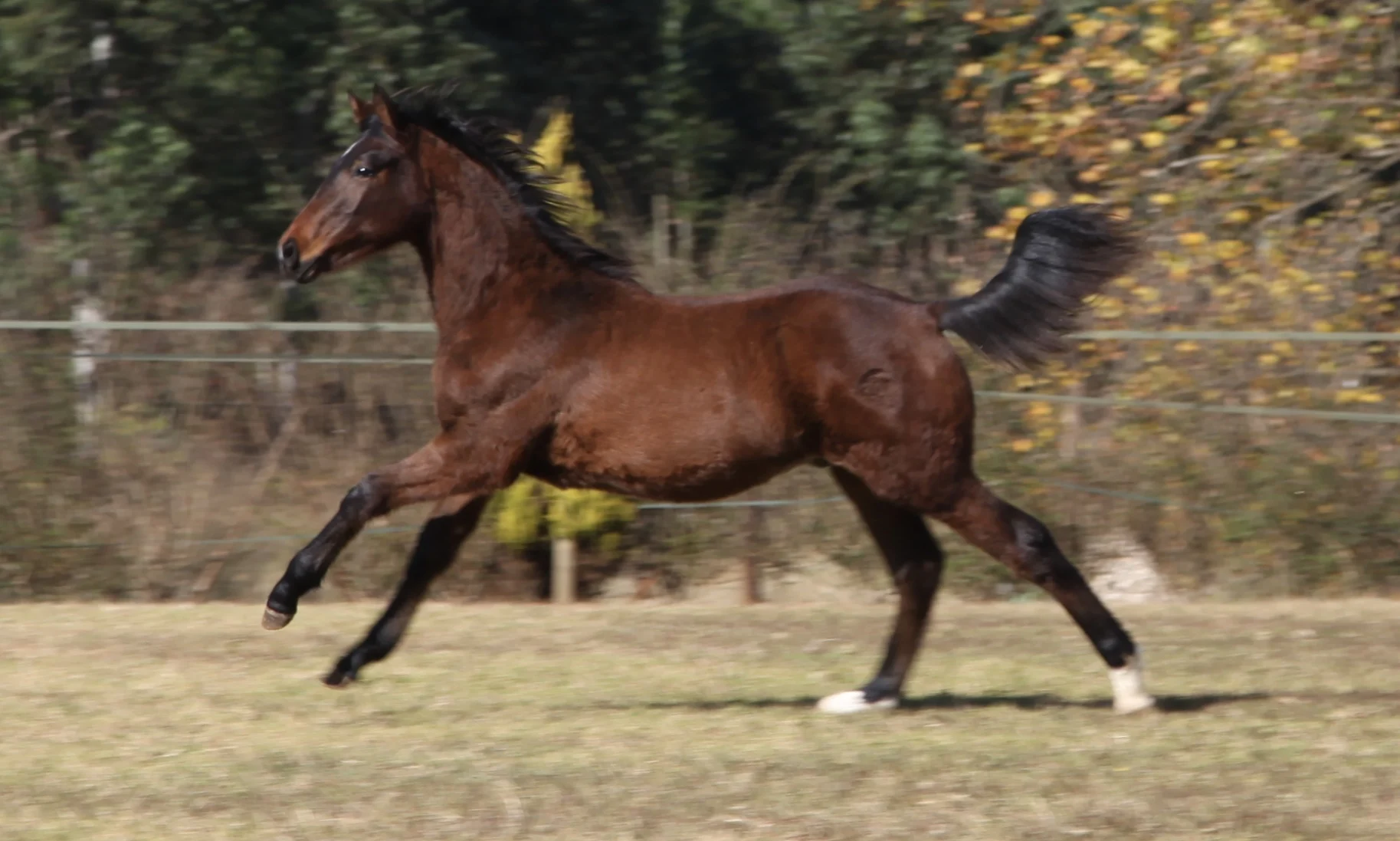
Further resources
Professional Organizations and Certifications
American Farrier’s Association (AFA) – www.americanfarriers.org
- Farrier certification programs and continuing education
- “Professional Farrier” magazine archives
- Find certified farriers in your area
Guild of Professional Farriers – www.professionalfarriers.com
- Advanced education and certification
- Research publications and technical articles
American Association of Equine Practitioners (AAEP) – www.aaep.org
- Veterinary guidelines and position papers
- Horse owner education materials
- Find equine veterinarians by location
Educational Resources and Continuing Learning
The Horse Magazine – www.thehorse.com
- Extensive hoof health article archives
- Veterinary and farrier expert columns
- Free webinars and educational content
Equus Magazine – www.equusmagazine.com
- Practical horse care articles
- Hoof health features and case studies
Kentucky Equine Research – www.ker.com
- Nutrition research and feeding guides
- Supplement evaluation and recommendations
Books for Deeper Study
“The Principles of Horseshoeing” by Doug Butler
- Comprehensive technical reference
- Anatomy, biomechanics, and therapeutic applications
“Care and Rehabilitation of the Equine Foot” by Pete Ramey
- Natural hoof care philosophy and techniques
- Barefoot transition strategies
“Horse Hoof Care” by Cherry Hill
- Practical daily care guidance
- Problem identification and basic treatment
“No Foot, No Horse” by Gail Williams
- Natural hoof care approaches
- Environmental management strategies
Online Communities and Forums
The Natural Trim Yahoo Group
- Active discussion of barefoot management
- Case studies and photo sharing
ChronicOfTheHorse.com Forums
- Hoof health discussion boards
- Professional and amateur perspectives
Horse.com Community
- General horse care discussions
- Farrier and veterinary advice
Specialized Websites and Blogs
Safergrass.org
- Pasture management for metabolic horses
- Laminitis prevention resources
TheEquineNutrition.com
- Evidence-based feeding information
- Supplement analysis and recommendations
HoofRehab.com
- Therapeutic hoof care case studies
- Professional rehabilitation techniques
Research and Scientific Resources
Journal of Equine Veterinary Science
- Peer-reviewed research articles
- Latest scientific developments
American Journal of Veterinary Research
- Clinical studies and case reports
- Diagnostic and treatment advances
Equine Veterinary Journal
- International research publication
- Biomechanics and pathology studies
Product Resources and Suppliers
Farrier Product Distribution (FPD)
- Professional farrier tools and supplies
- Educational materials and catalogs
Horse Health USA
- Hoof care products and supplements
- Treatment supplies and first aid materials
SmartPak
- Supplement information and reviews
- Feeding calculators and guidance
Emergency and Quick Reference
AAEP Lameness Exam Guidelines
- Step-by-step examination procedures
- When to call veterinary help
Hoof Problem Quick Reference Charts
- Visual identification guides
- Treatment decision trees
Local Resources to Encourage
Farrier Schools and Clinics
- Hands-on learning opportunities
- Network with local professionals
Veterinary Continuing Education Events
- Often open to horse owners
- Latest treatment developments
Horse Expo Educational Sessions
- Practical demonstrations
- Expert presentations
Apps and Digital Tools
Equine Guelph Hoof Health App
- Digital hoof assessment tools
- Record keeping capabilities
FarriersFormula Hoof Supplement Calculator
- Nutritional analysis tools
- Feeding recommendations
Disclaimer
“While these resources provide valuable information, they should supplement, not replace, professional veterinary and farrier care. Always consult qualified professionals for diagnosis and treatment of hoof problems. The author and website assume no responsibility for outcomes based on information from external resources.”
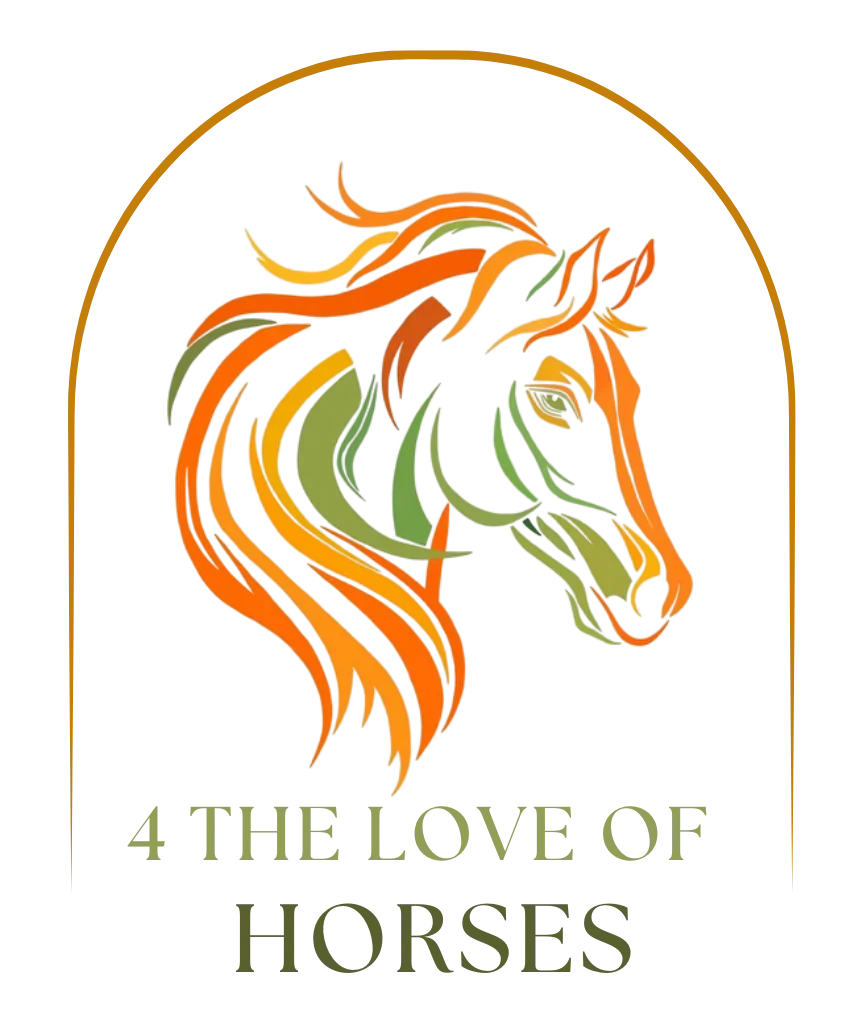
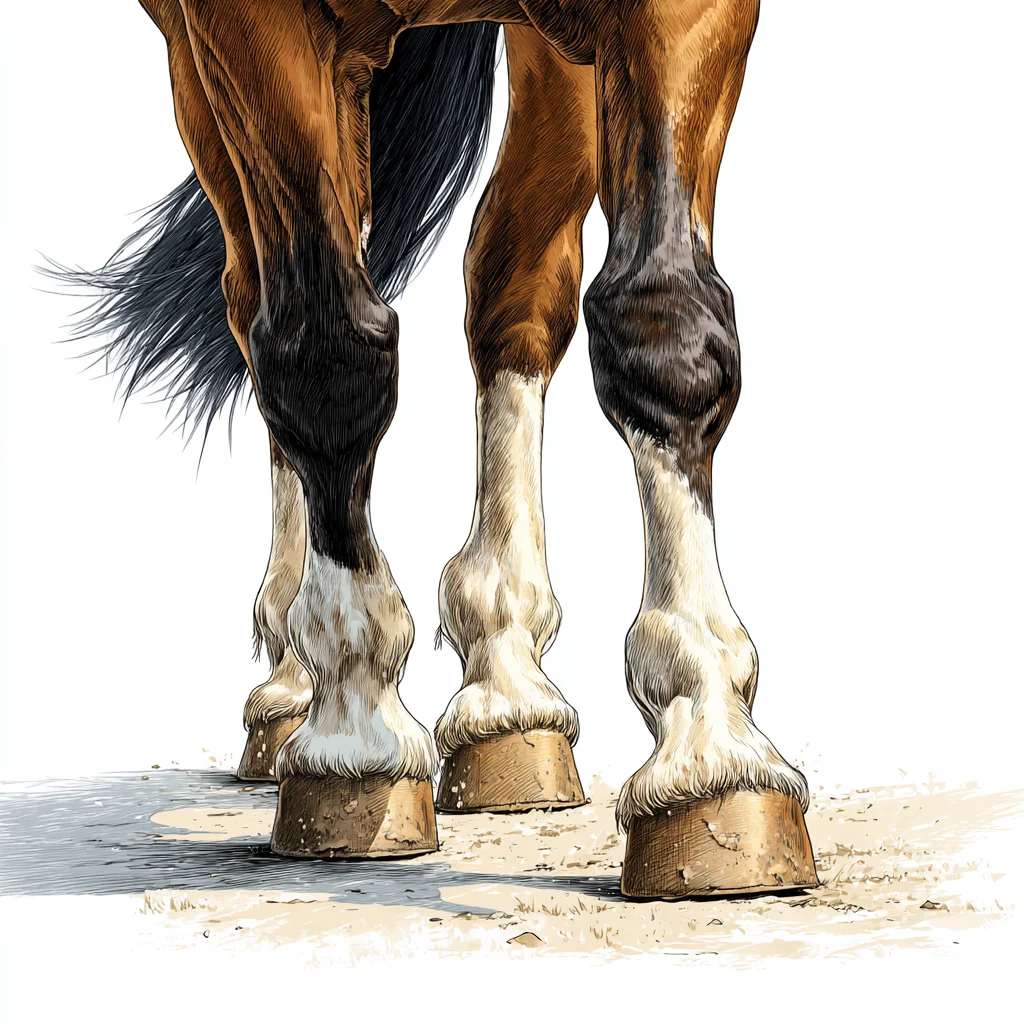
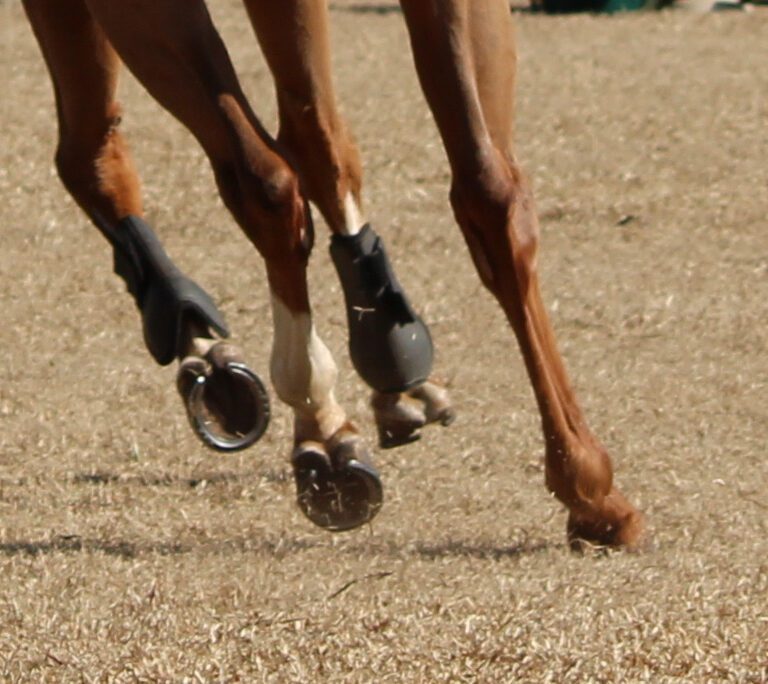
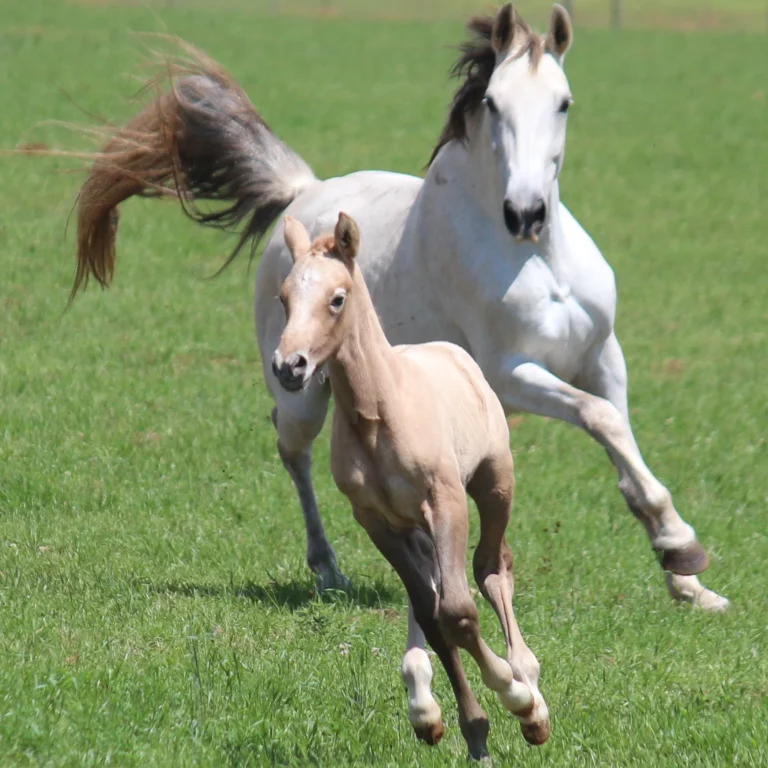
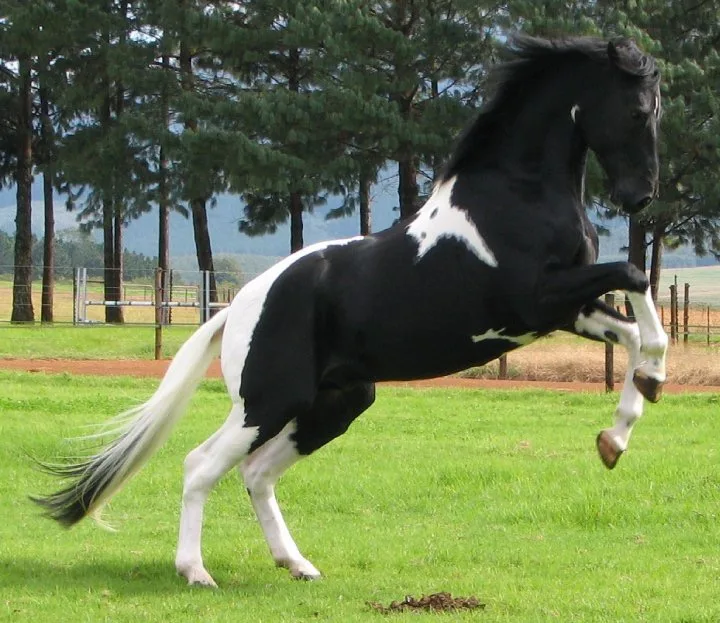

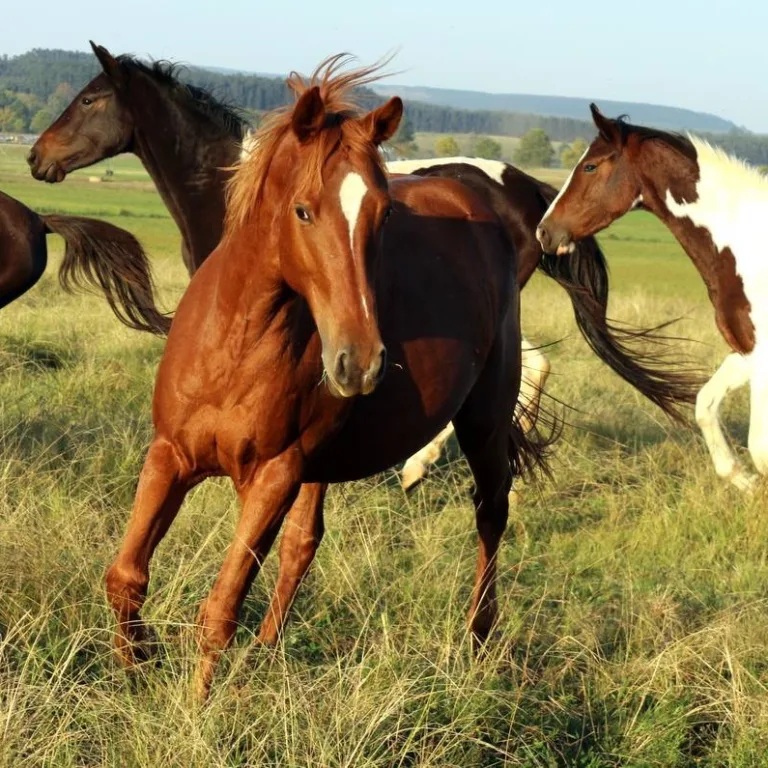
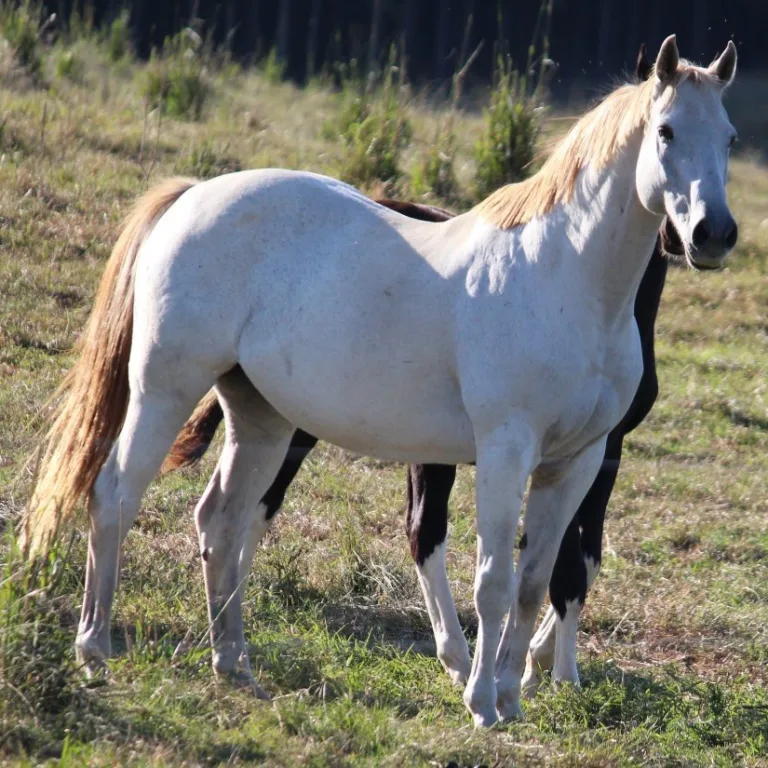
Leave a Reply